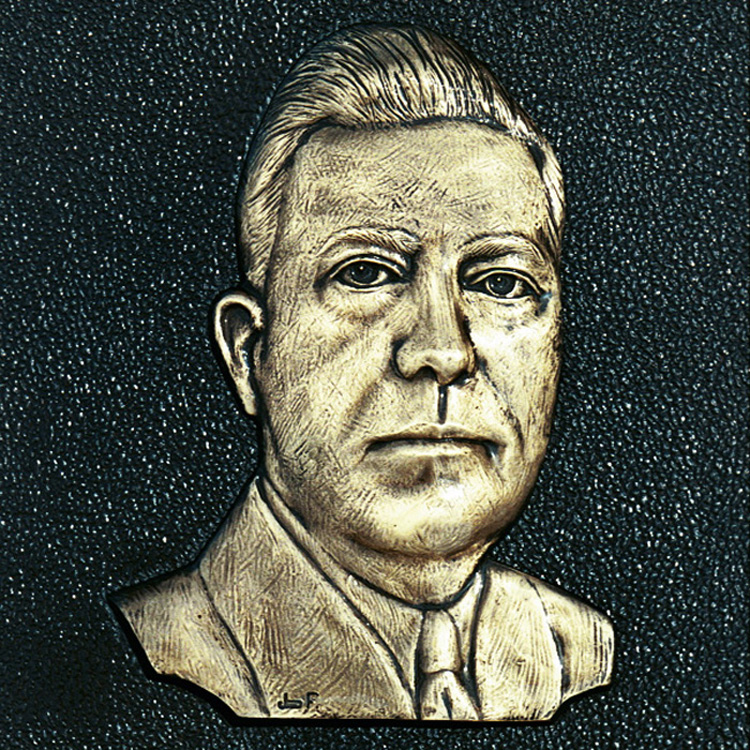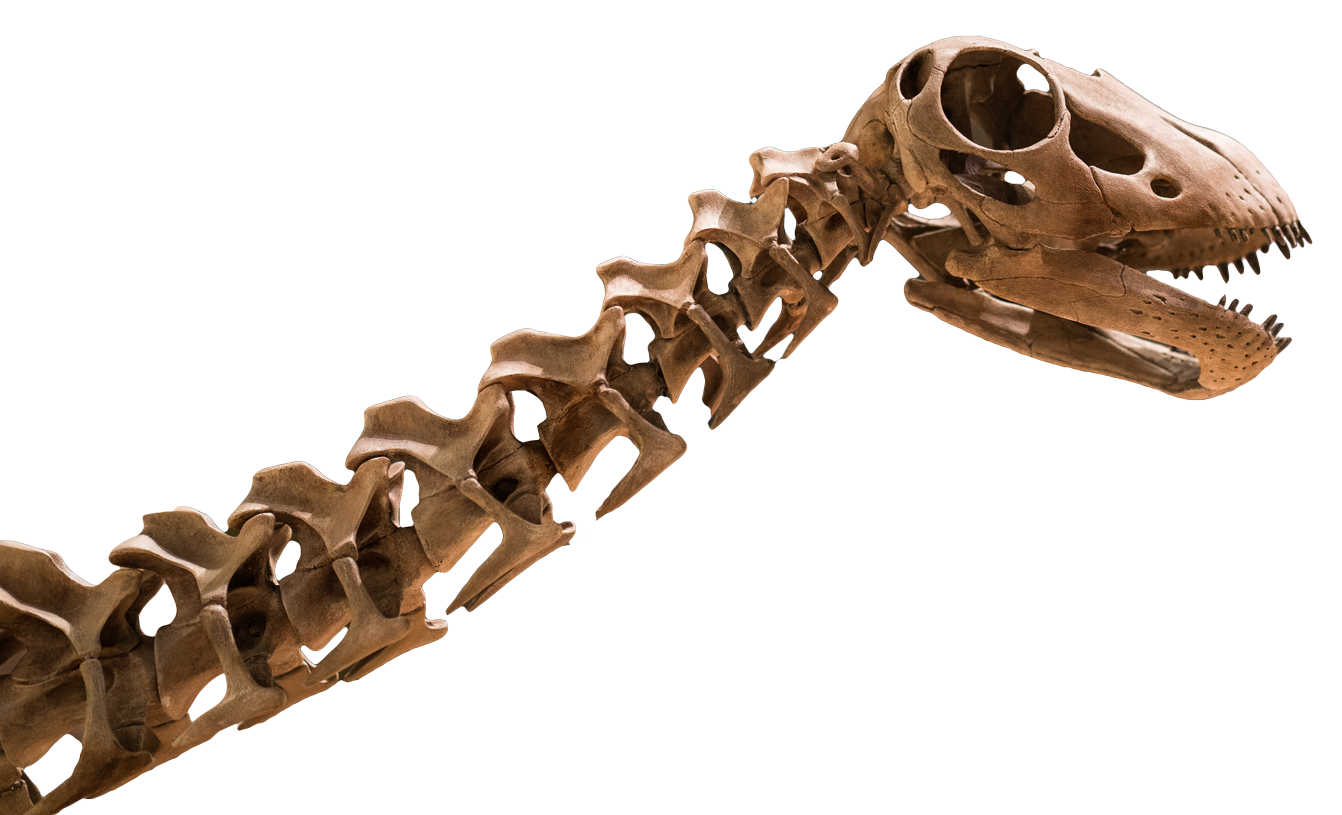The history of the state of Oklahoma is inextricably linked with the remarkable history of the oil industry. The individuals identified here are true Oklahoma Oil Pioneers whose work laid the groundwork for the oil and gas industry in a young state. Their stories are not only inspirational, but serve as testaments to the extraordinary opportunities the early oil industry provided for individual achievements and public good. Although these individuals are now deceased, their stories of hard work, foresight, courage and accomplishment against overwhelming odds speak to generations of Americans. Thanks to University of Oklahoma President David L. Boren, Museum Director Michael Mares and Vice President for University Development David L. Maloney, this plaza reflects the museums mission of celebrating Oklahoma’s history. So whether you’re enjoying lunch outside the cafe, pausing for a quick photo or strolling through our gardens, take a moment to reflect upon the beautiful Conoco Oil Pioneers of Oklahoma Plaza and the people who inspired it.
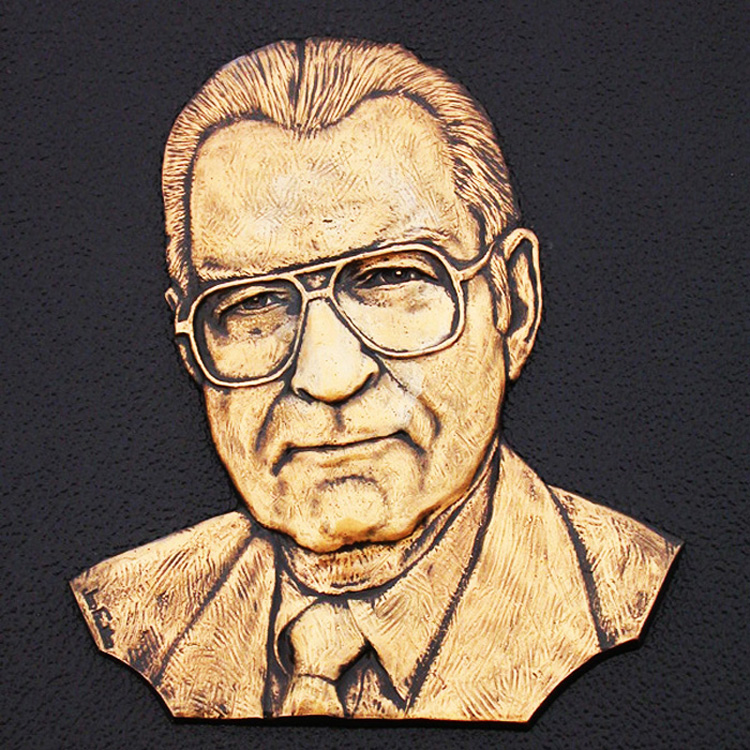

Jack H. Abernathy (1911-1996)
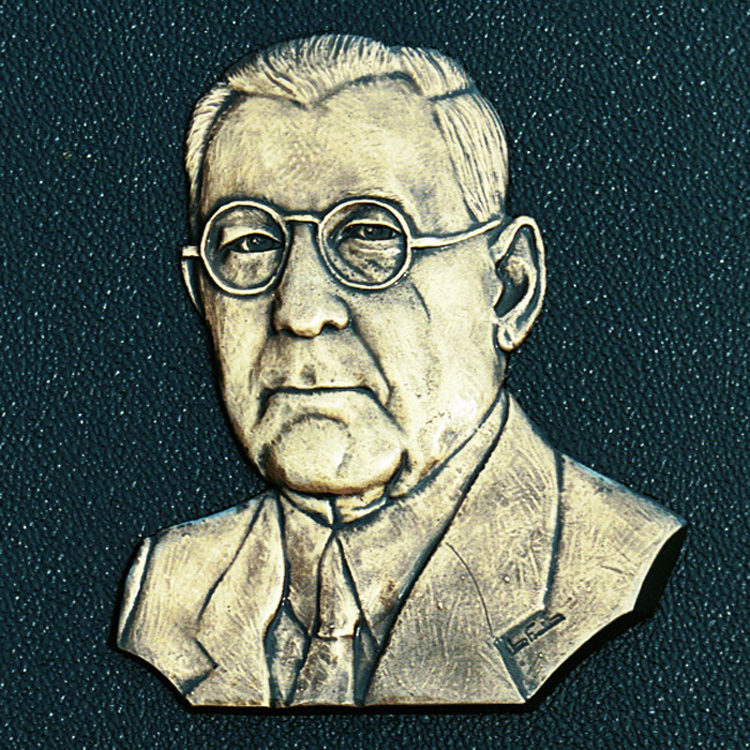

Lew H. Wentz (1881-1949)
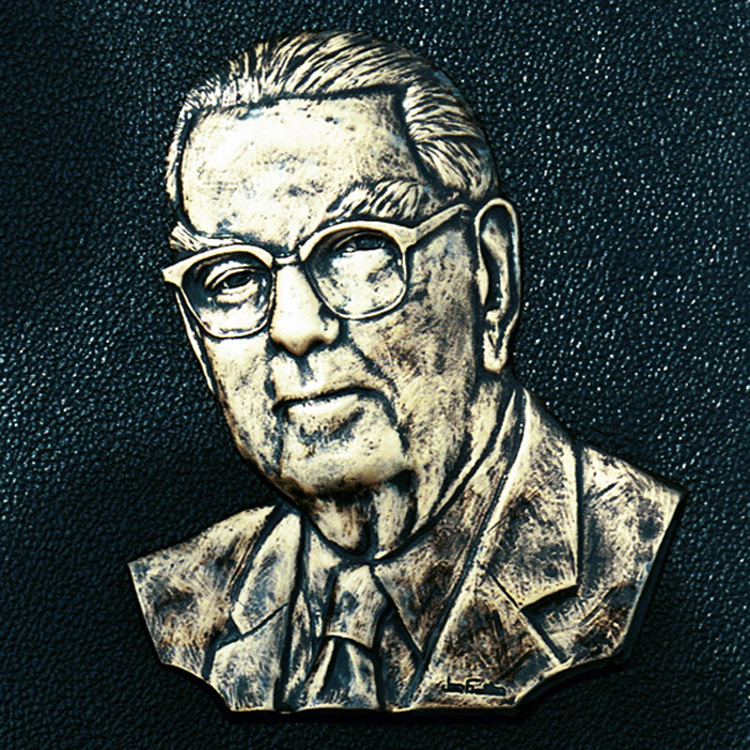

William K. Warren (1897-1990)
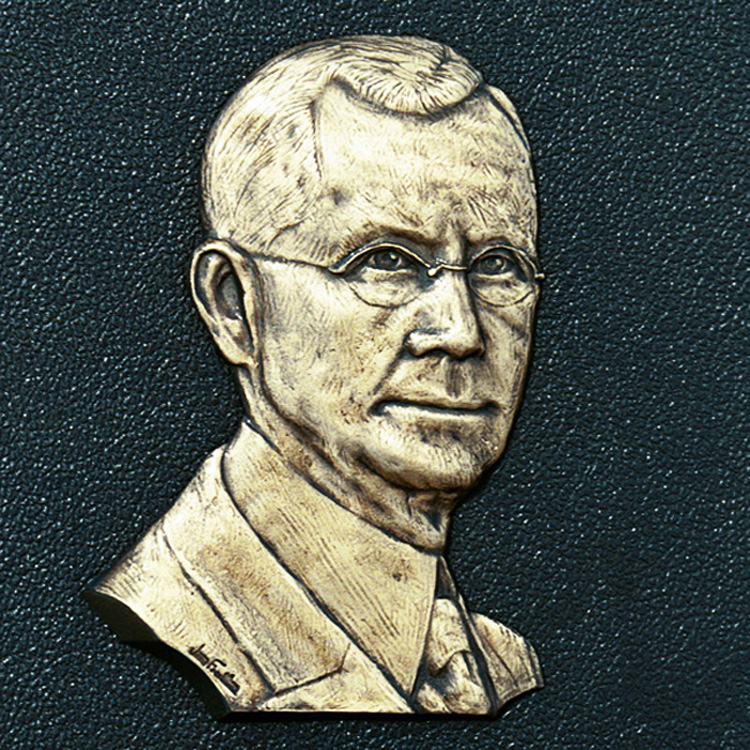

Joseph A. Taff (1862-1944)
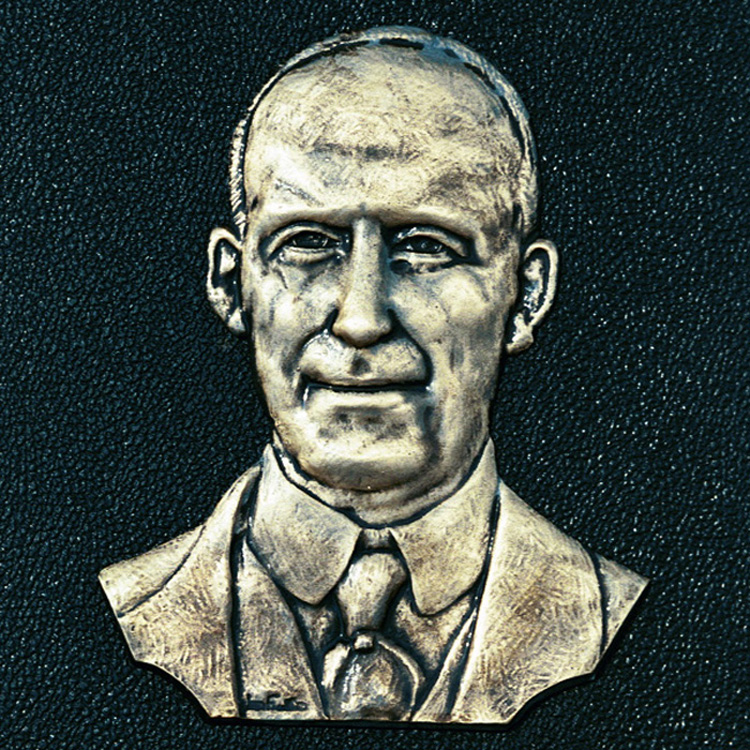

Herbert R. Straight (1874-1963)
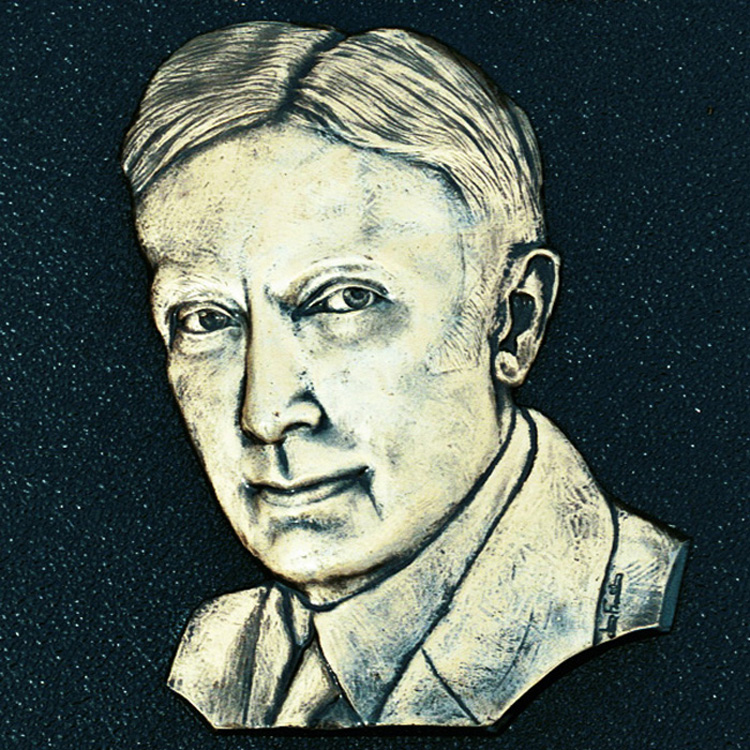

Tom B. Slick (1883-1930)
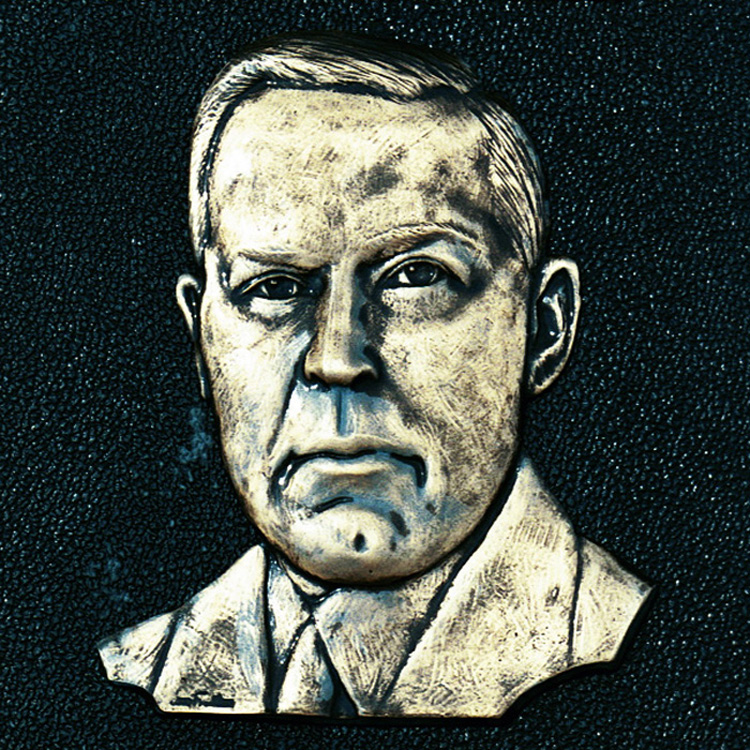

William G. Skelly (1878-1957)
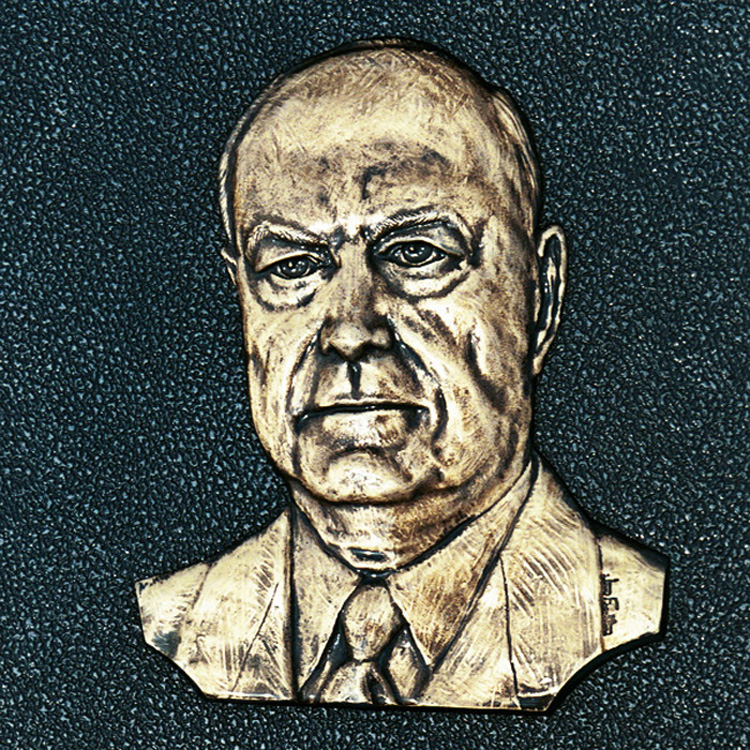

Harry F. Sinclair (1876-1956)
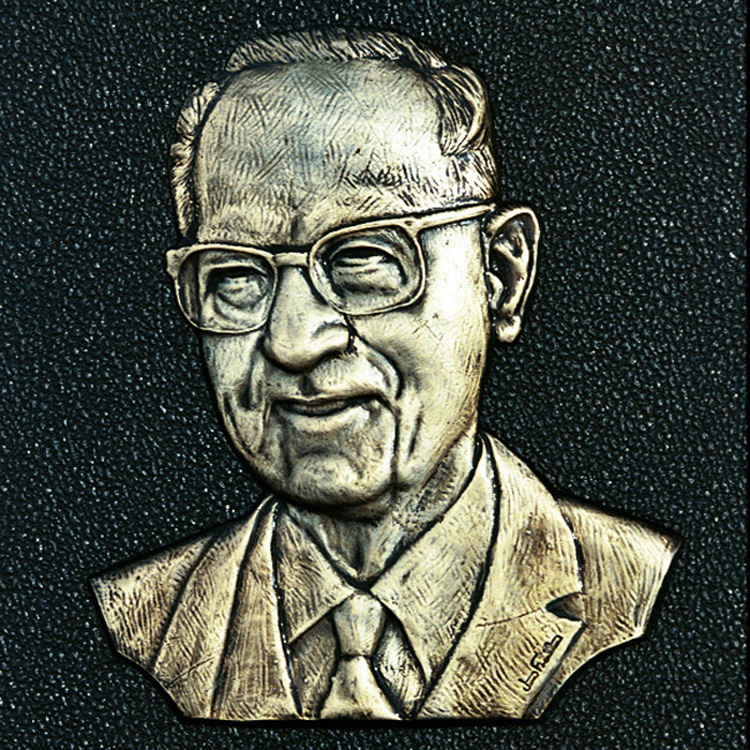

S. J. Sarkeys (1874-1965)
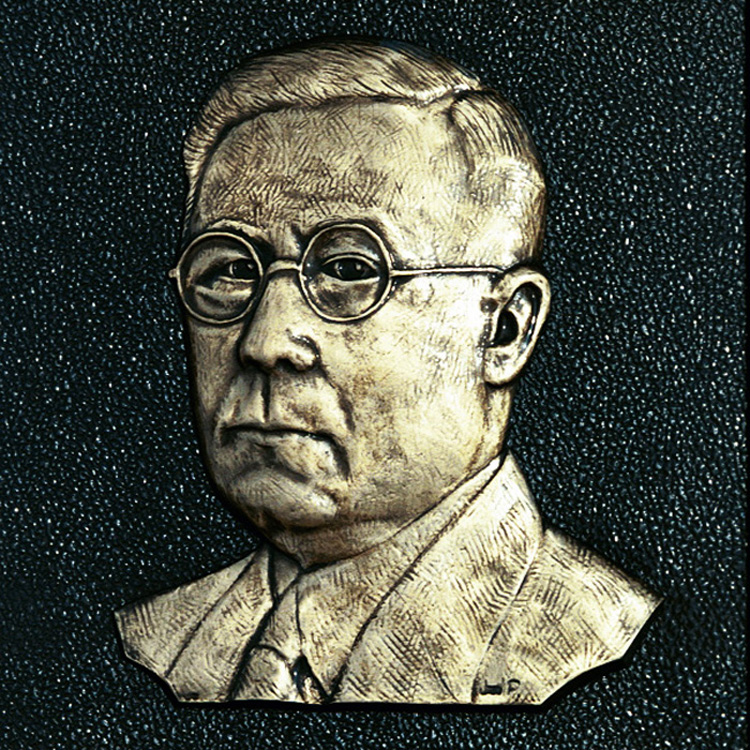

Walter R. Ramsey (1885-1947)
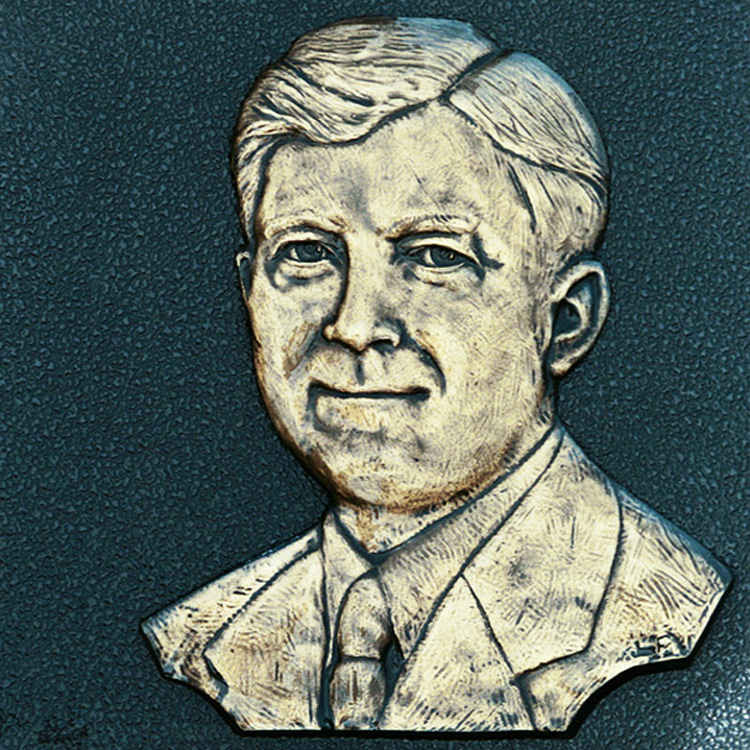

Lev H. Prichard (1883-1949)
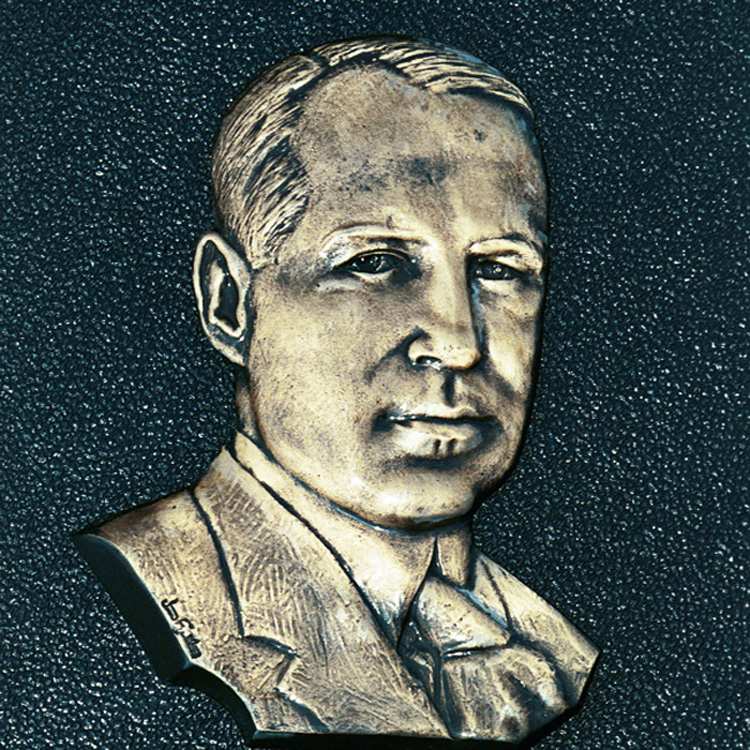

Waite Phillips (1883-1964)
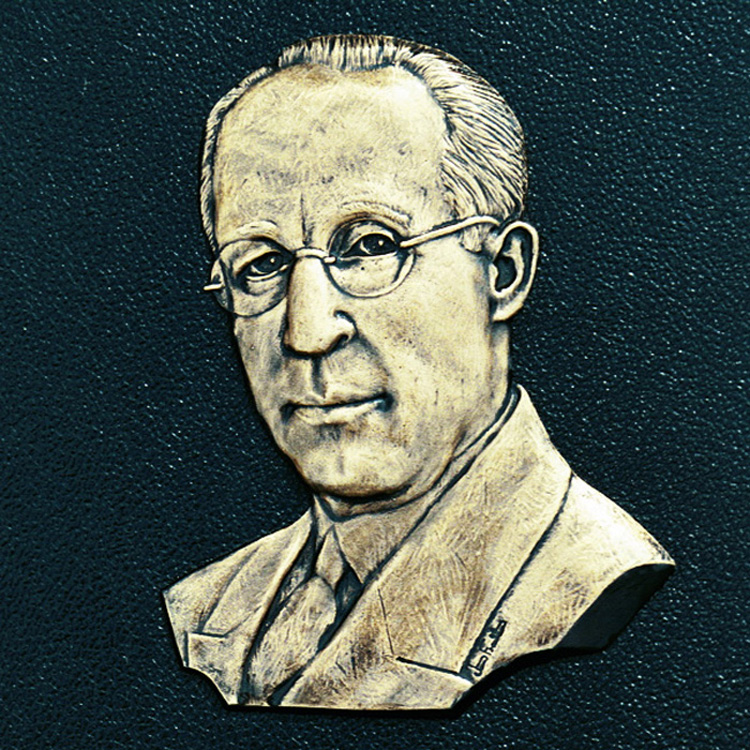

Lee E. Phillips (1876-1944)
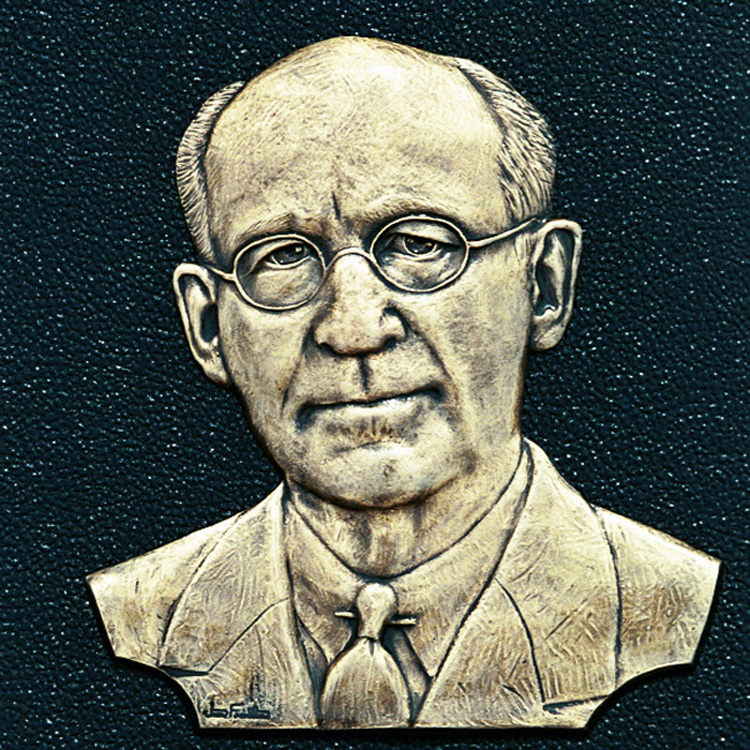

Frank Phillips (1873-1950)
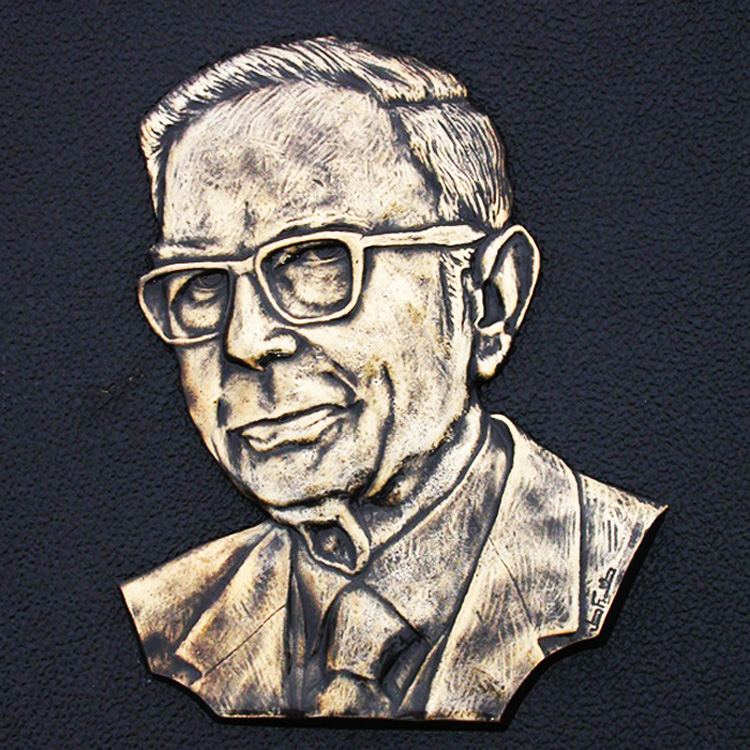

William T. Payne (1892-1981)
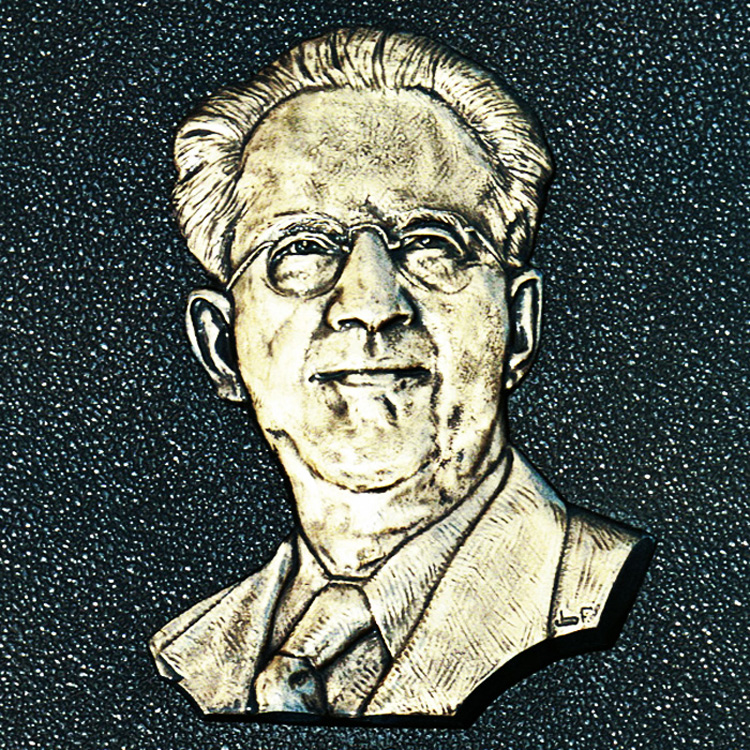

William Osborn, Sr. (1893-1958)
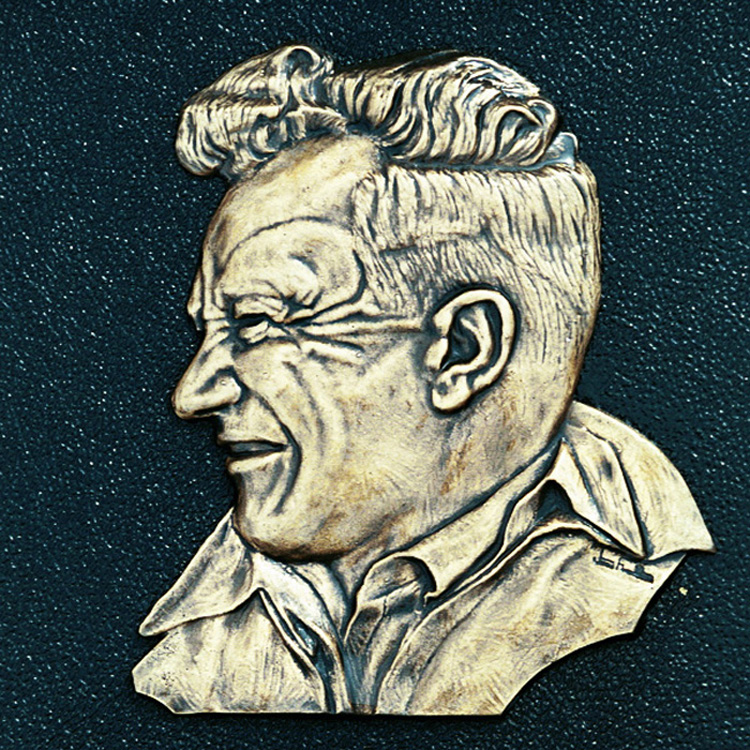

Lloyd Noble (1896-1950)
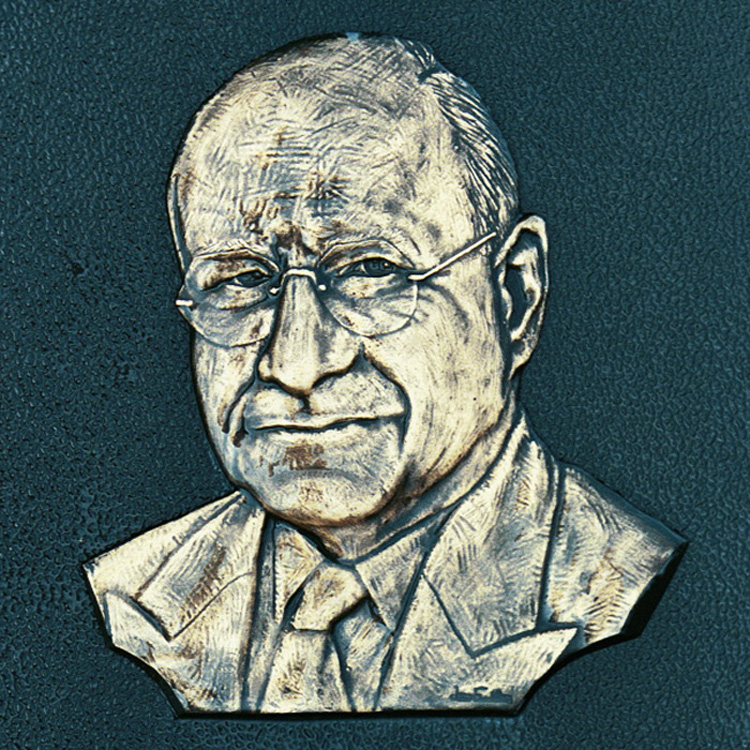

Daniel J. Moran (1888-1948)
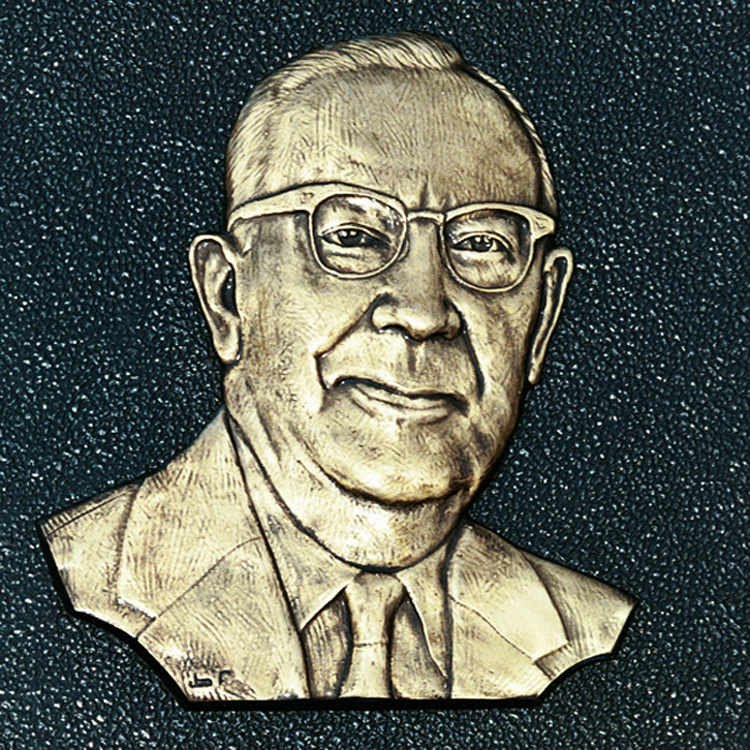

Victor E. Monnett (1889-1972)
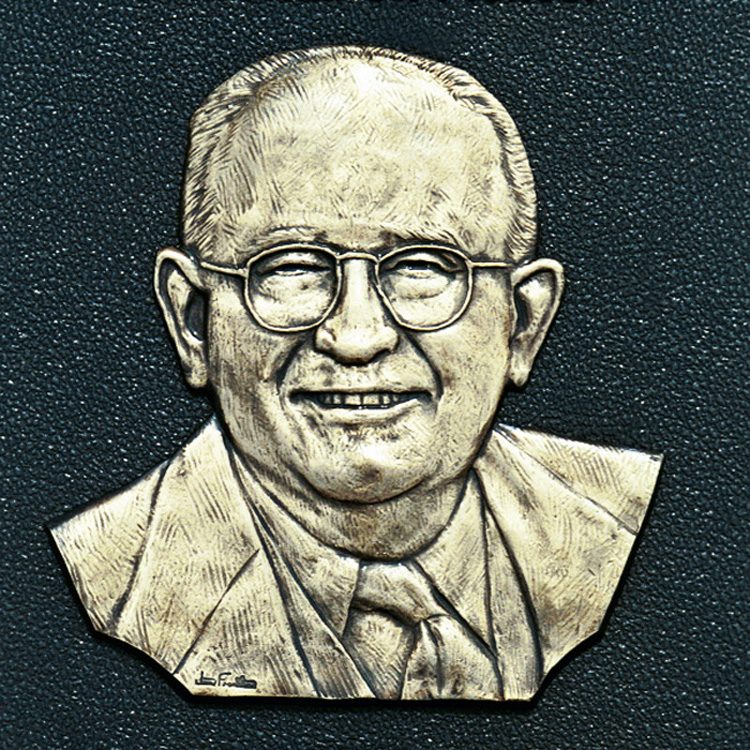

Hugh D. Miser (1884-1969)
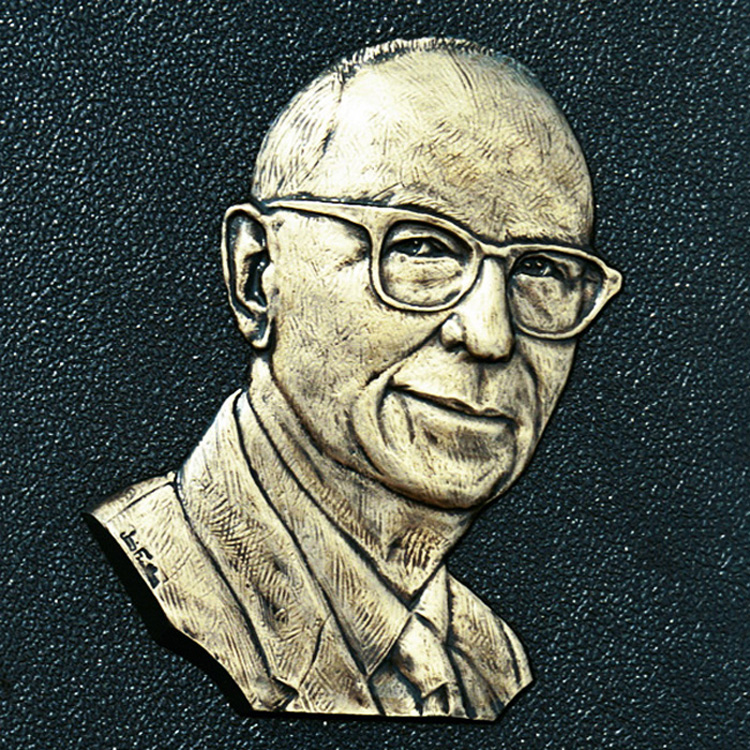

Ward S. Merrick (1895-1978)
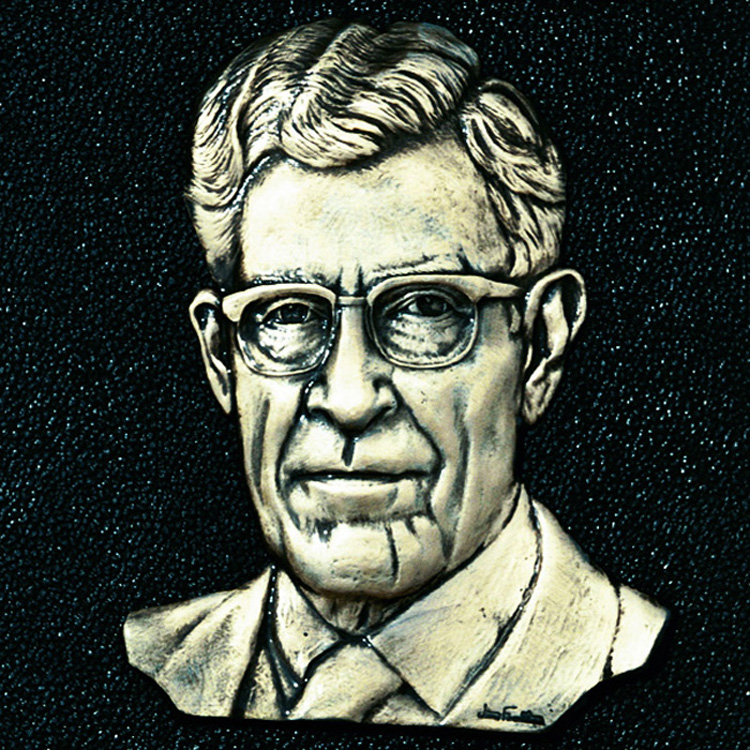

Dean A. McGee (1904-1989)
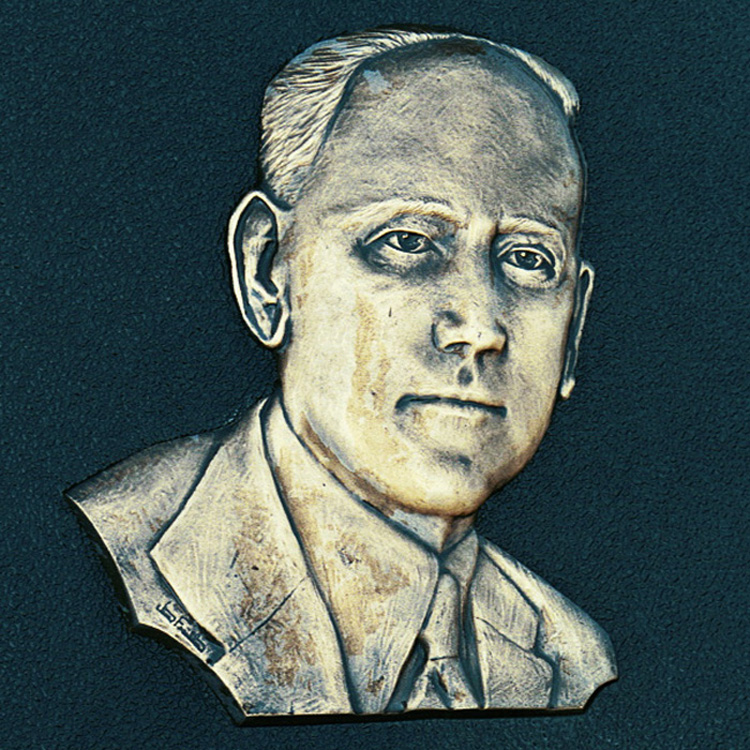

Robert McFarlin (1866-1942)
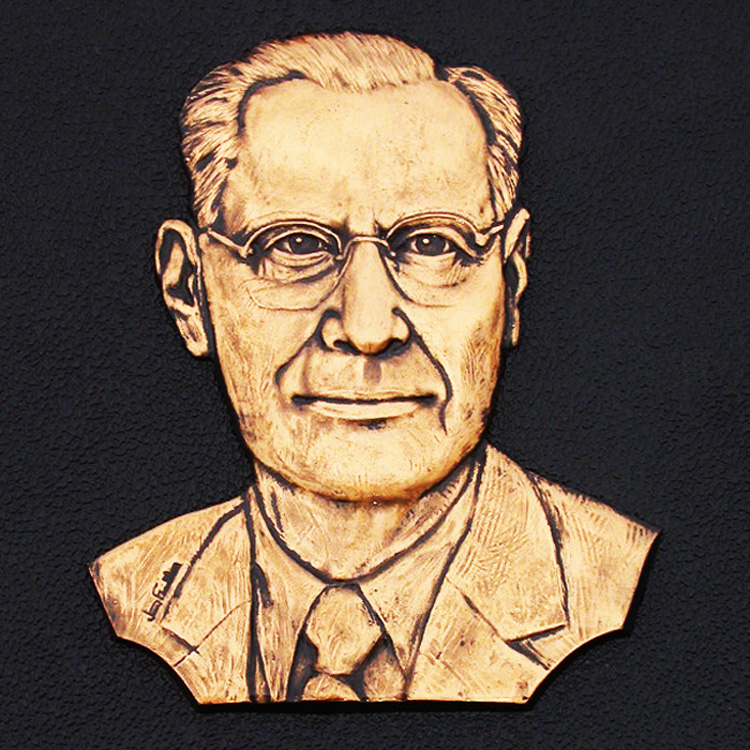

Thomas H. McCasland (1895-1979)
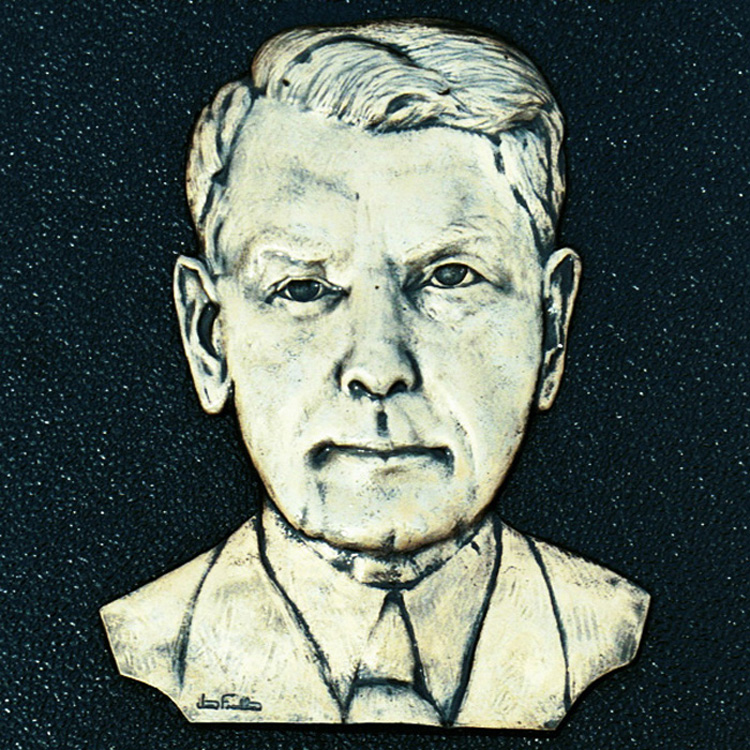

Ernest W. Marland (1874-1941)
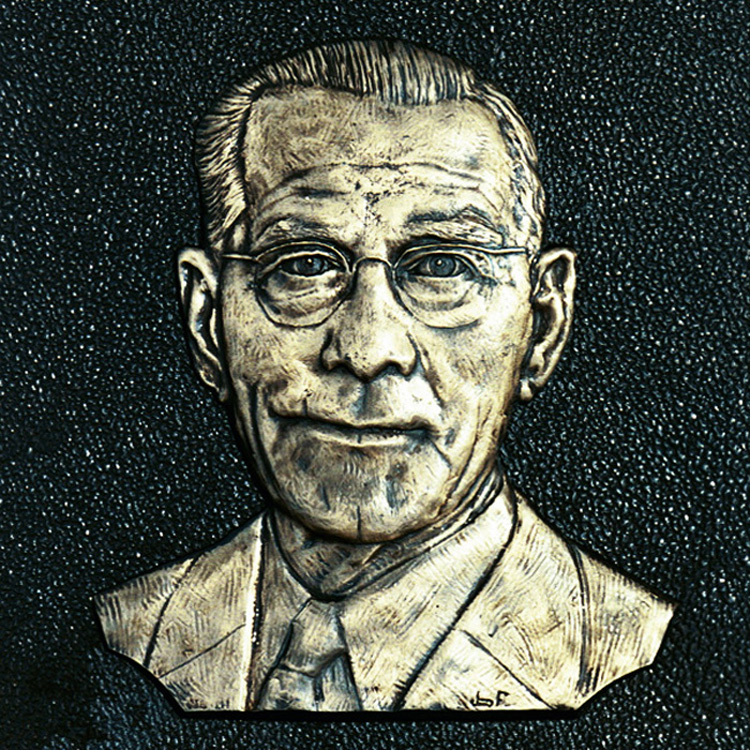

John E. Mabee (1879-1961)
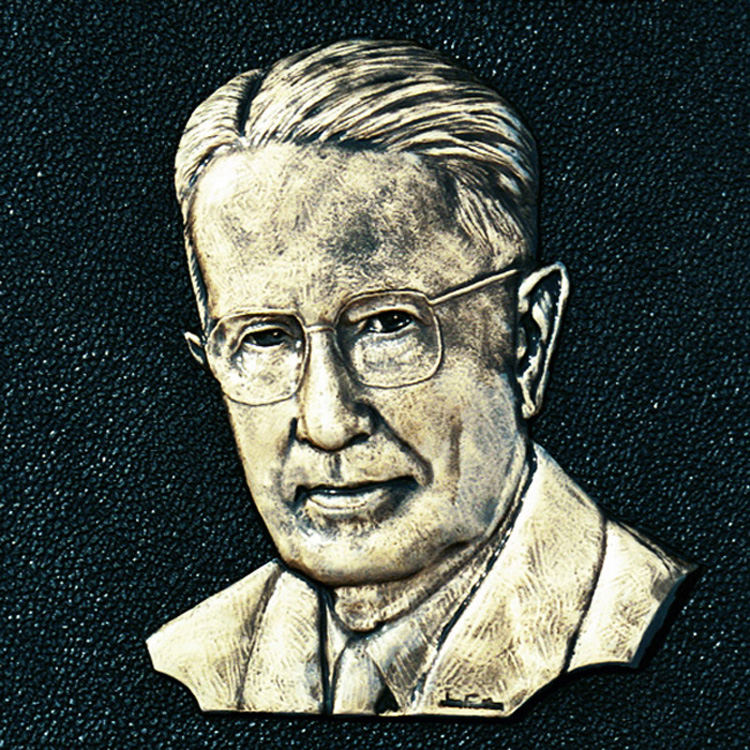

Arville I. Levorsen (1894-1965)
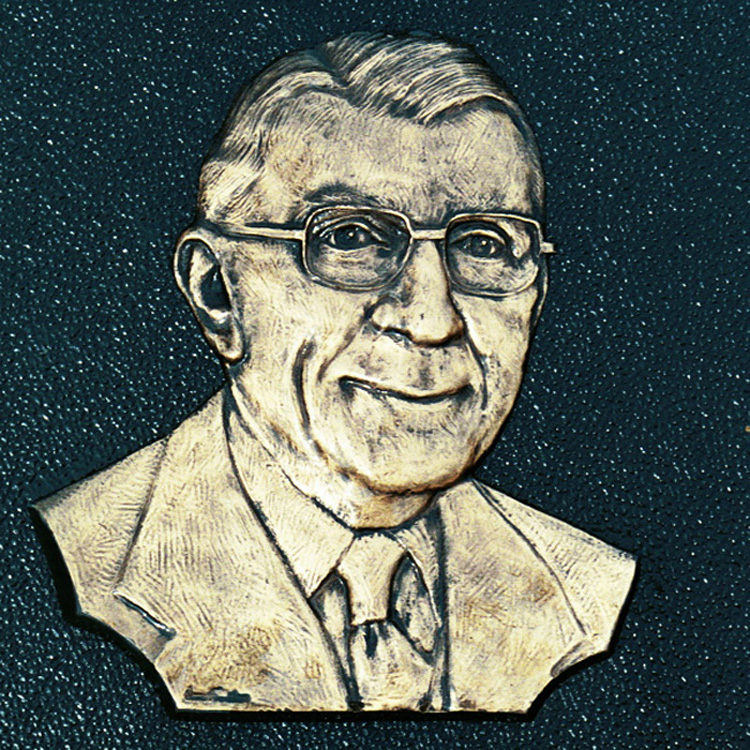

Philip C. Lauinger (1900-1988)
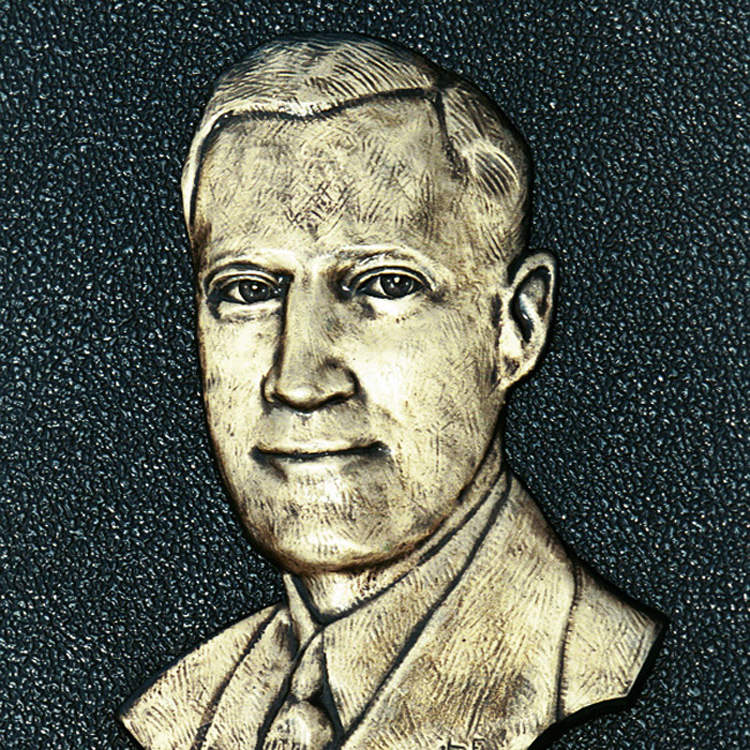

James Kessler (1890-1971)
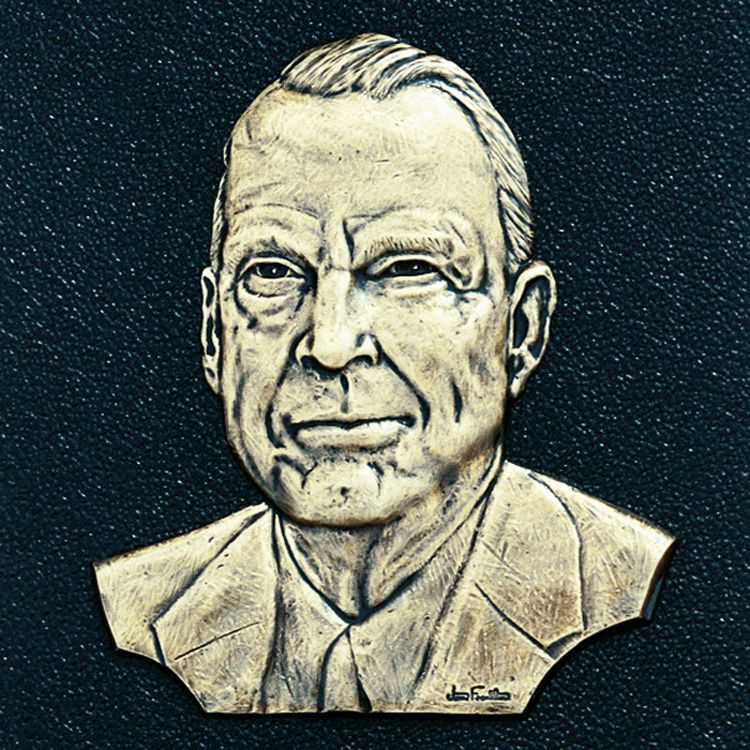

Robert S. Kerr (1896-1963)
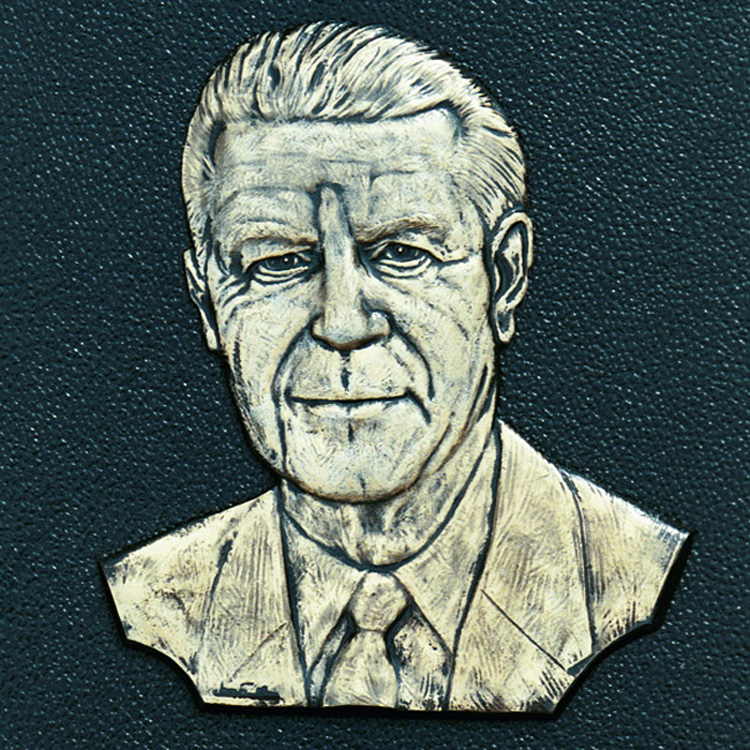

William W. Keeler (1908-1987)
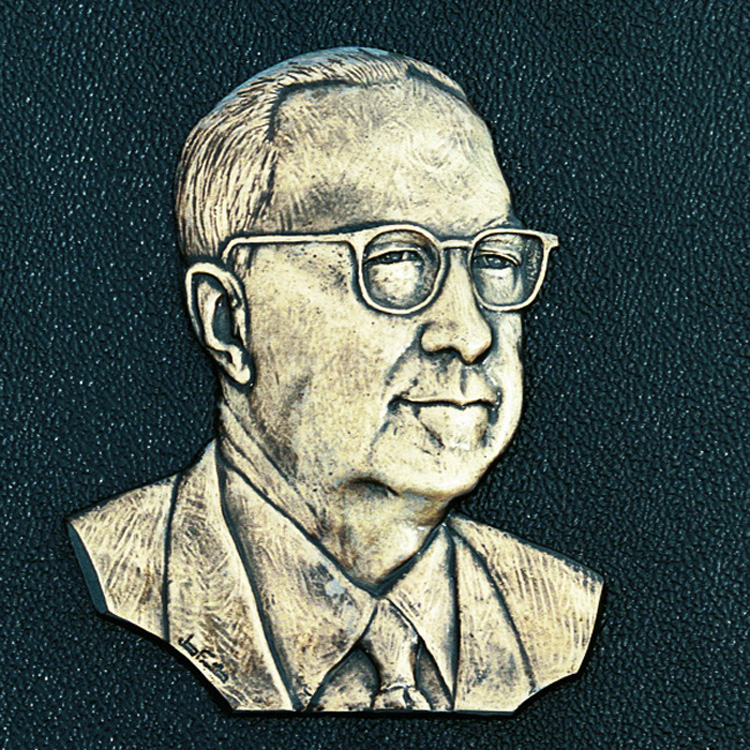

John C. Karcher (1894-1978)
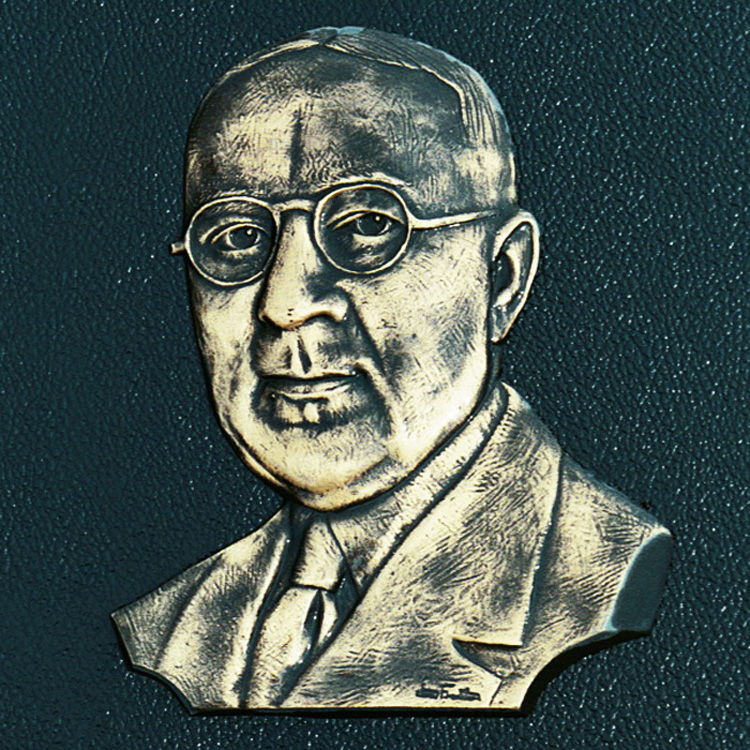

Frank J. Hinderliter (1875-1965)
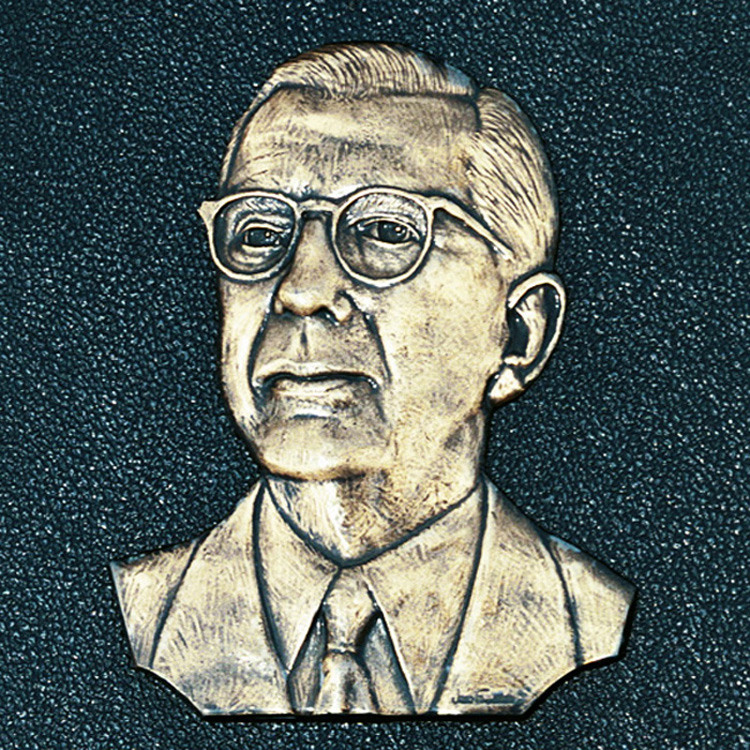

Chesley C. Herndon (1886-1962)
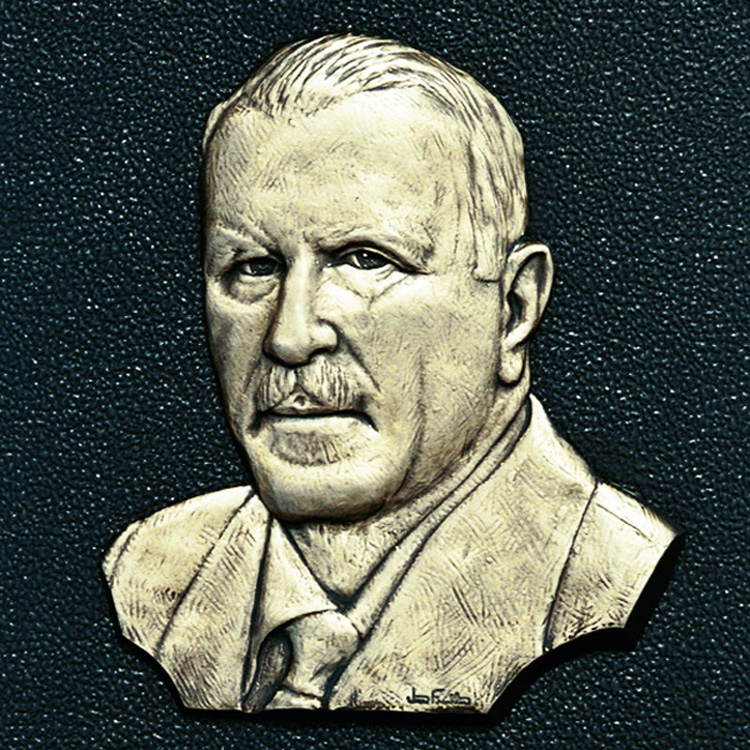

Walter H. Helmerich (1895-1981)
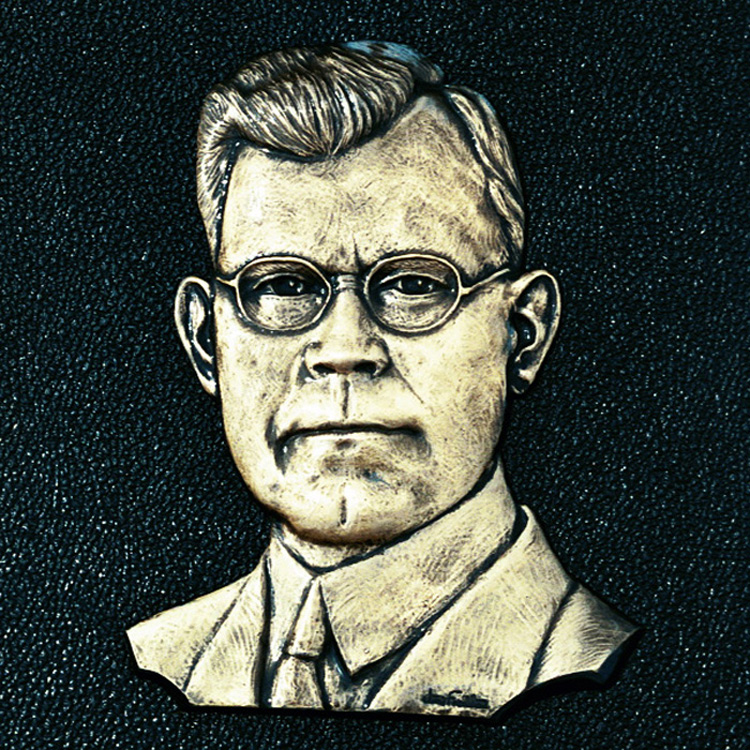

Robert Hefner, Sr. (1874-1971)
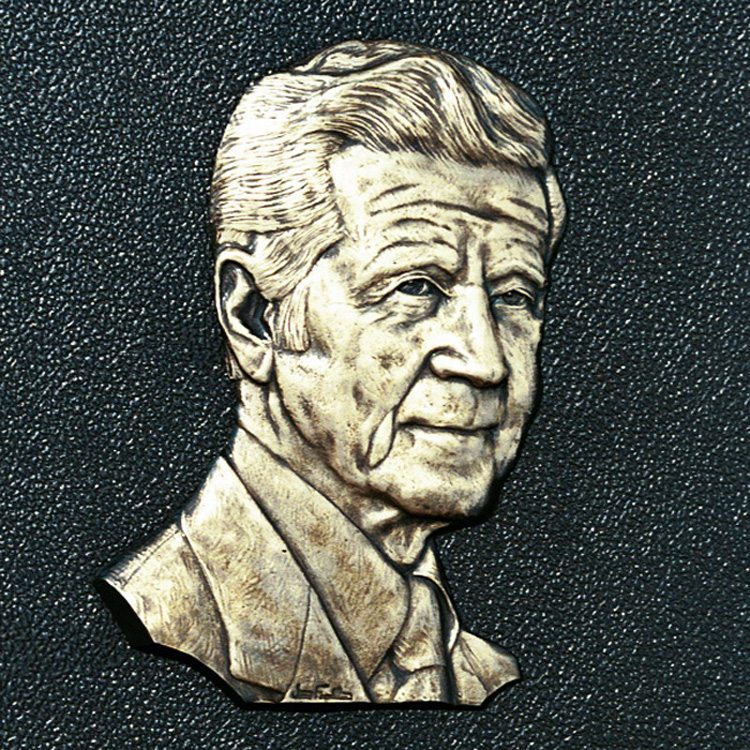

Robert A. Hefner, Jr. (1907-1987)
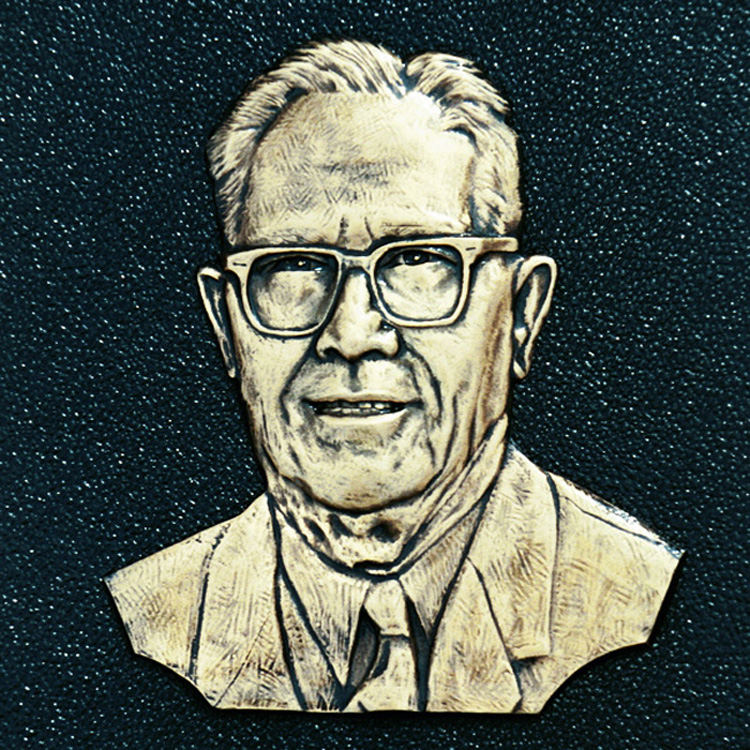

Jess Harris, Sr. (1891-1971)
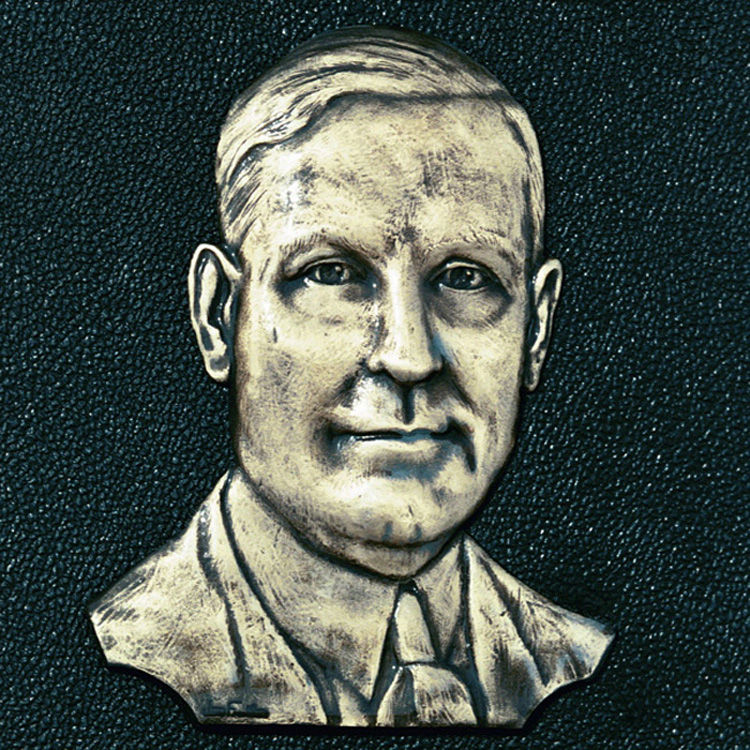

Jake L. Hamon (1875-1920)
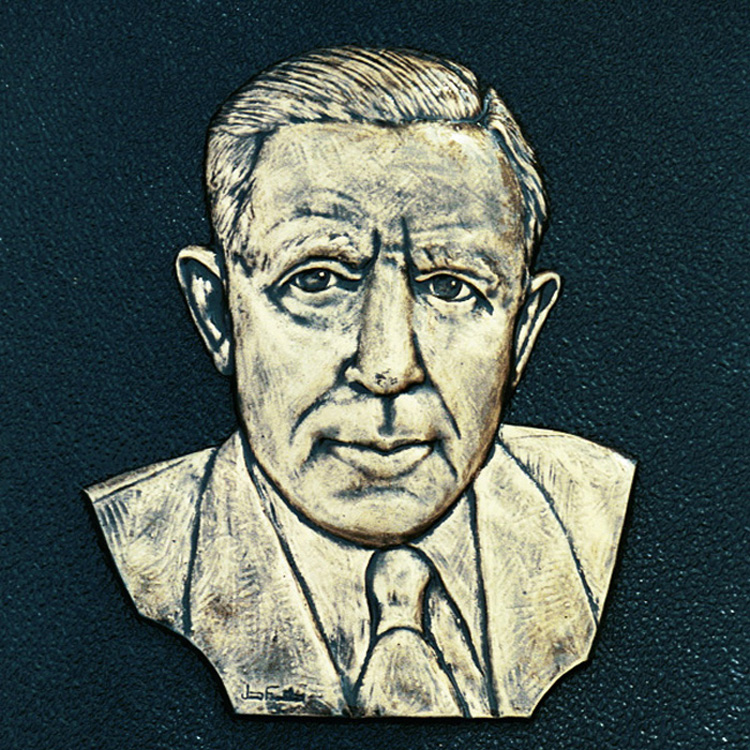

Erle P. Halliburton (1892-1957)
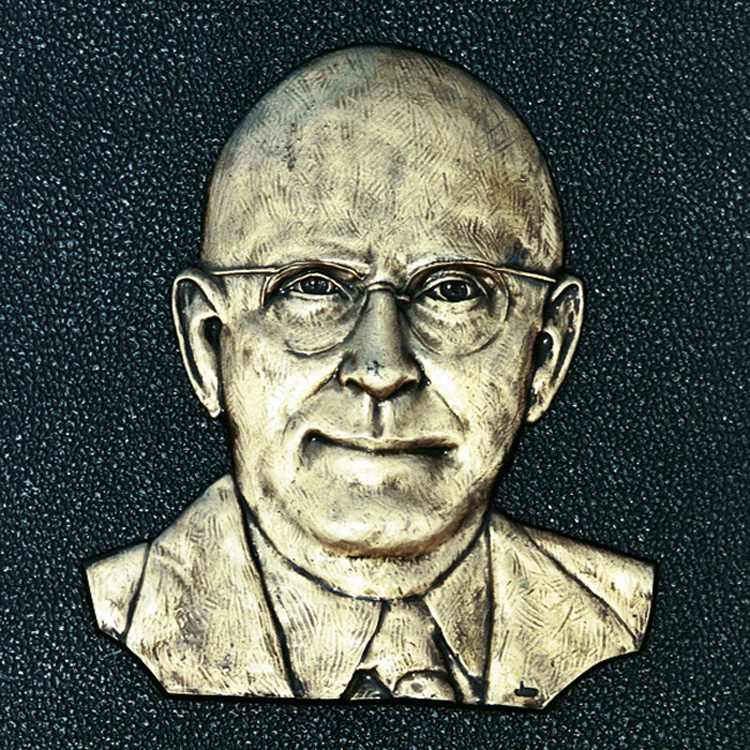

F. C. Hall (1877-1954)
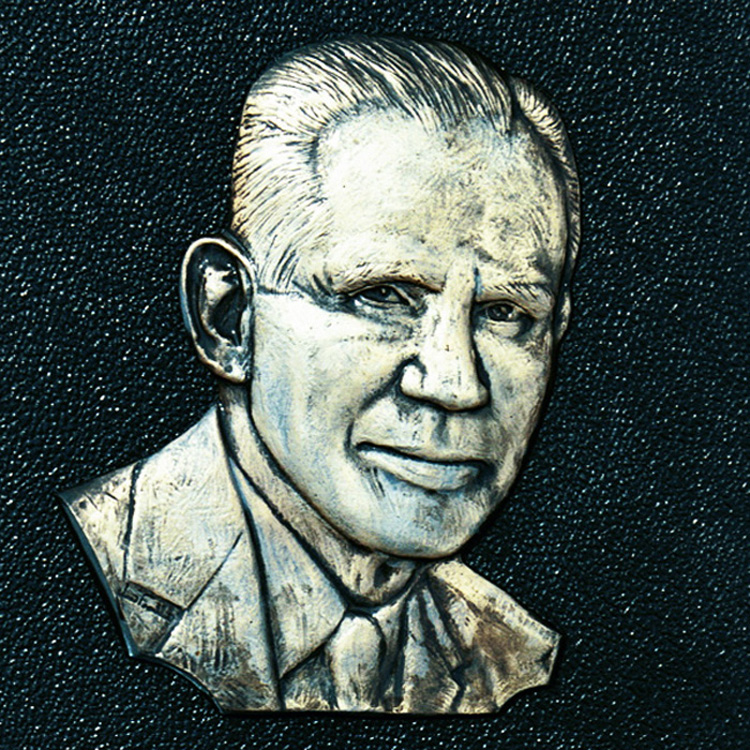

Roy C. Guffey (1902-1994)
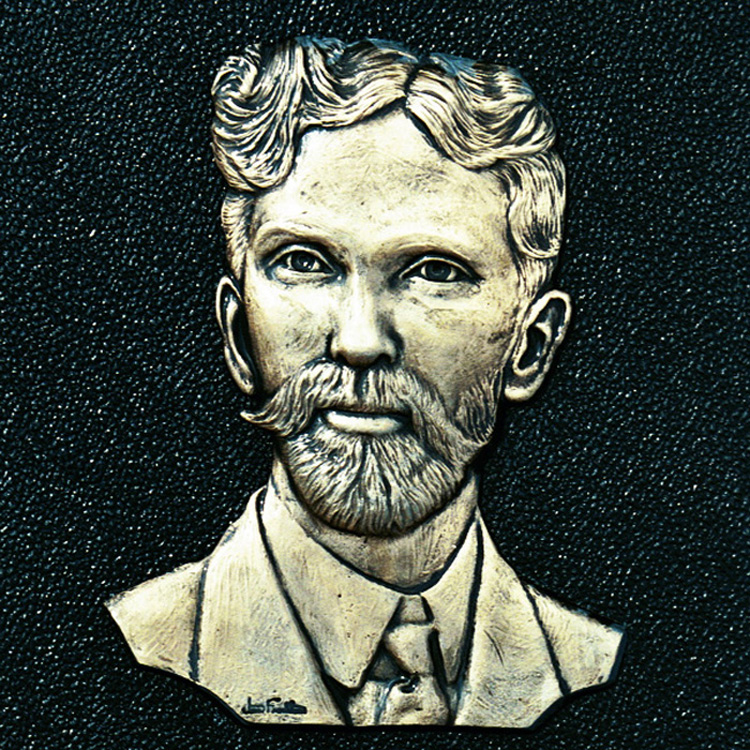

Charles N. Gould (1868-1949)
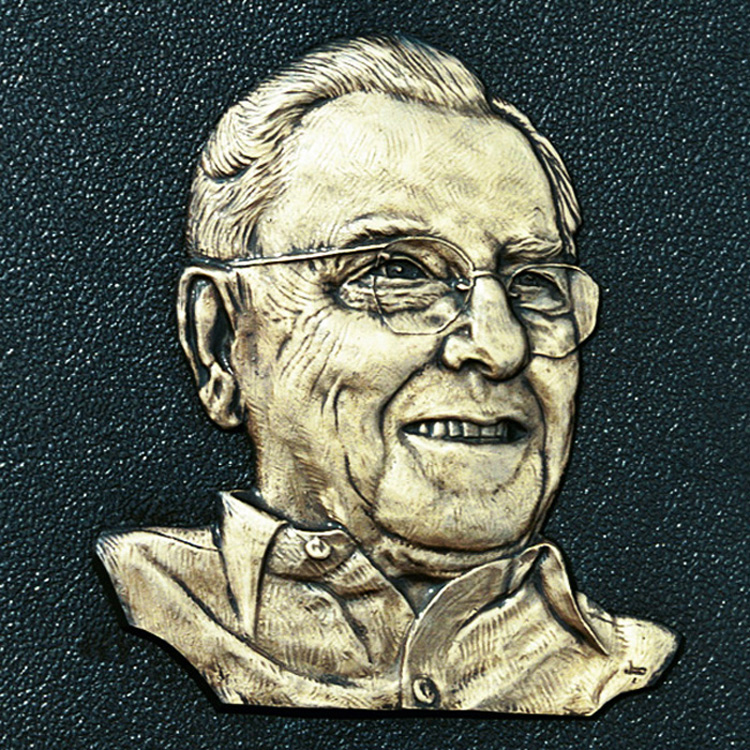

Charles B. Goddard (1880-1959)
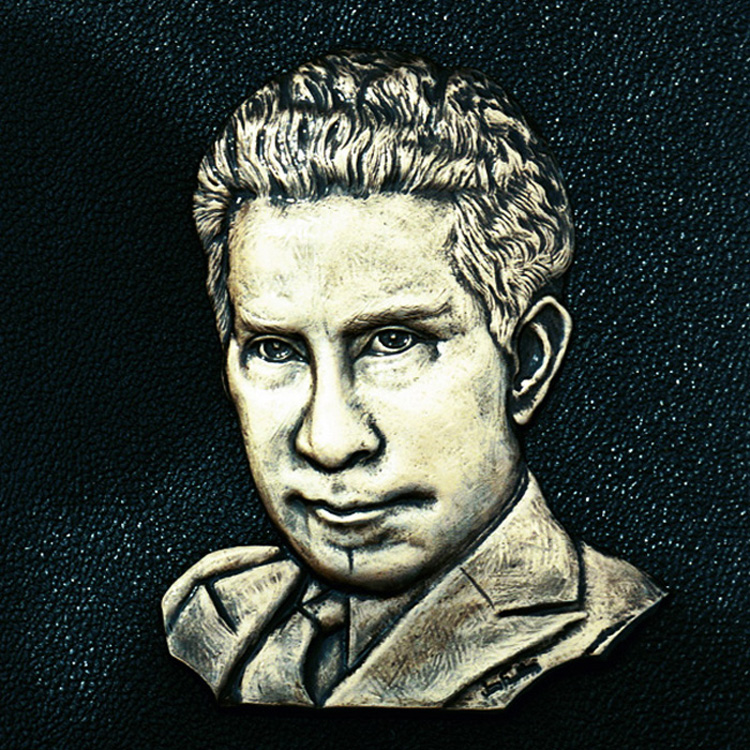

Jean P. Getty (1892-1976)
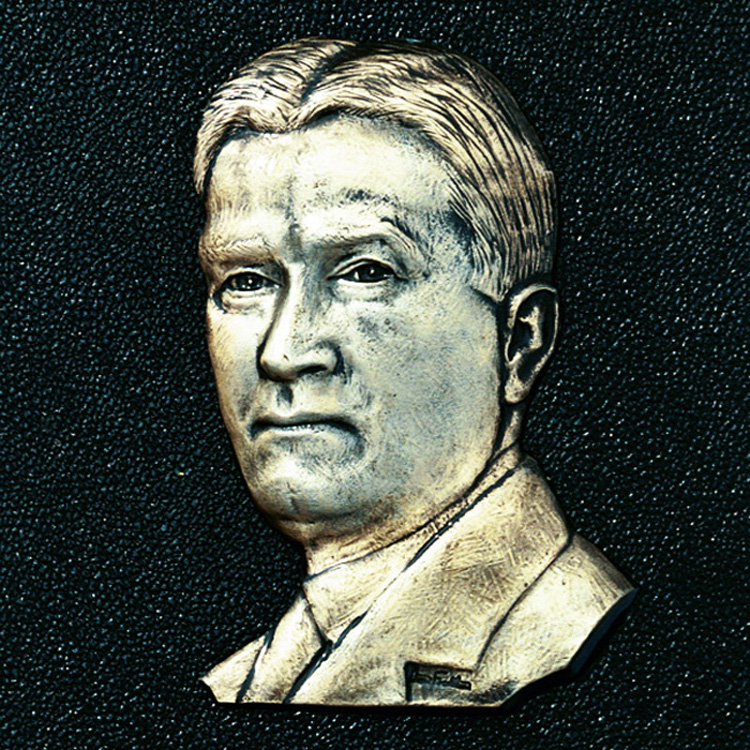

Wirt Franklin (1883-1964)
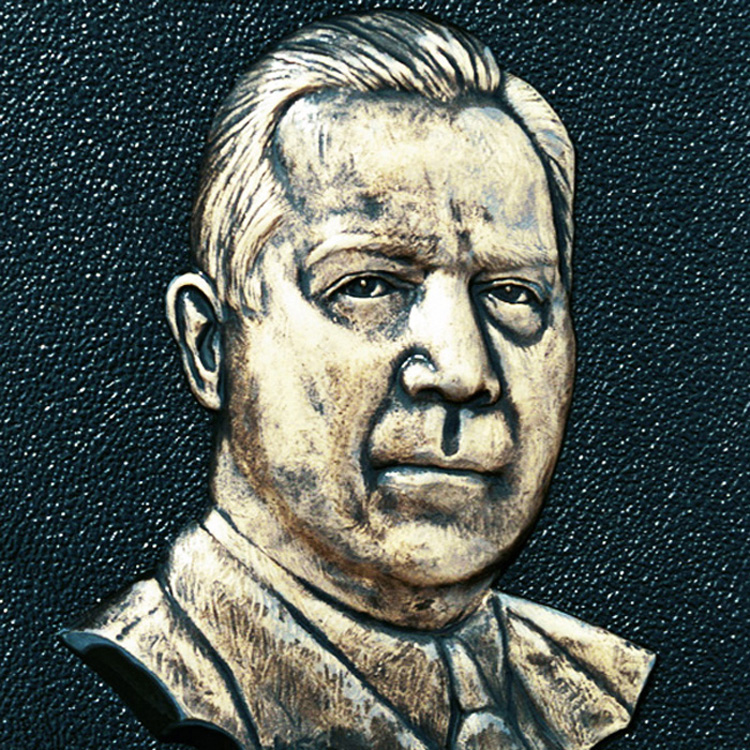

Henry V. Foster (1875-1939)
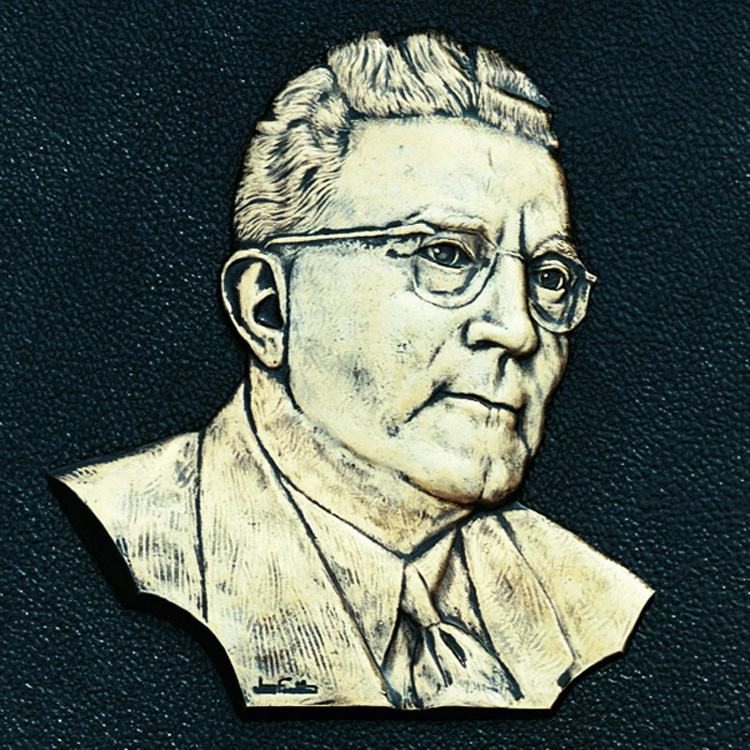

George E. Failing (1889-1976)
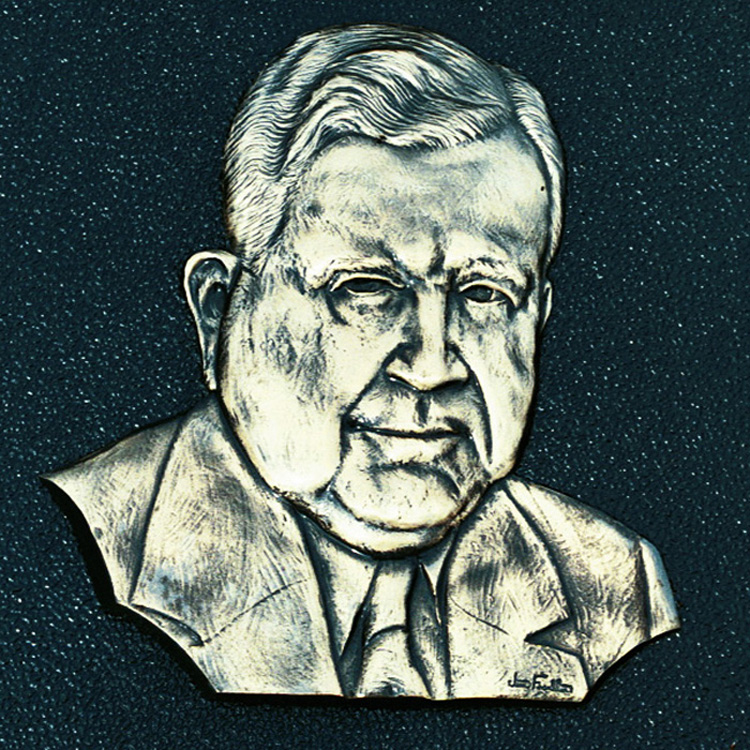

Everette L. DeGolyer (1886-1956)
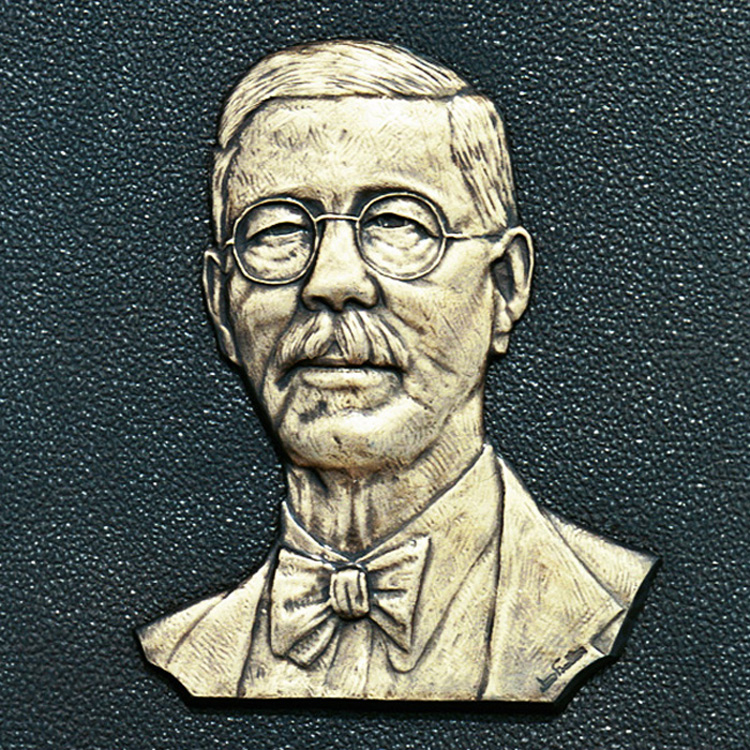

Joseph I. Cromwell (1873-1946)
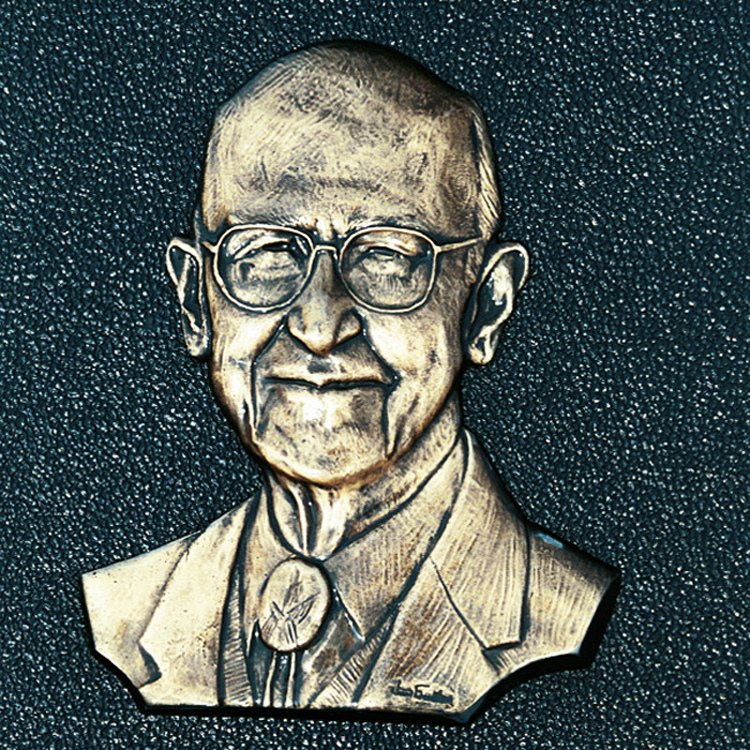

John M. Crawford (1910-2000)
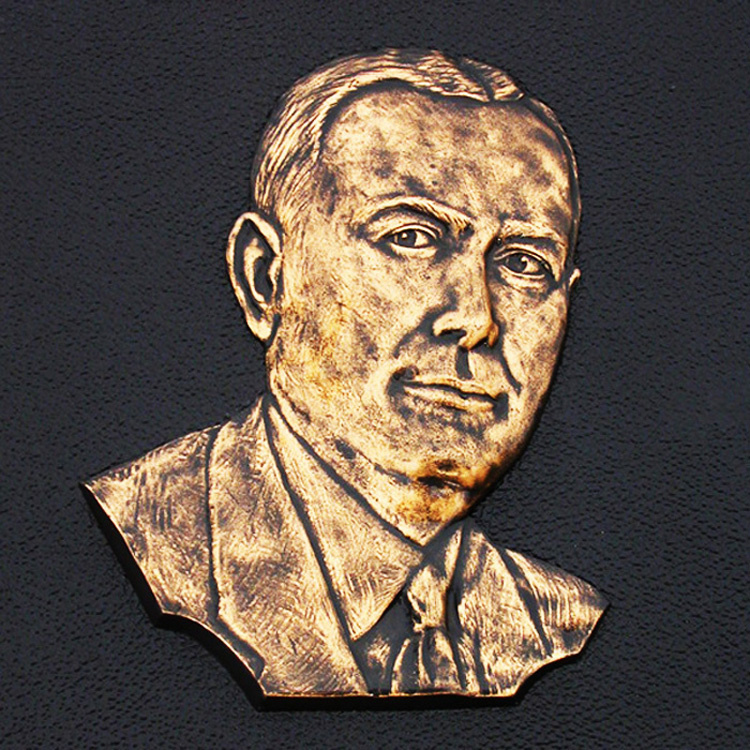

James A. Chapman (1881-1966)
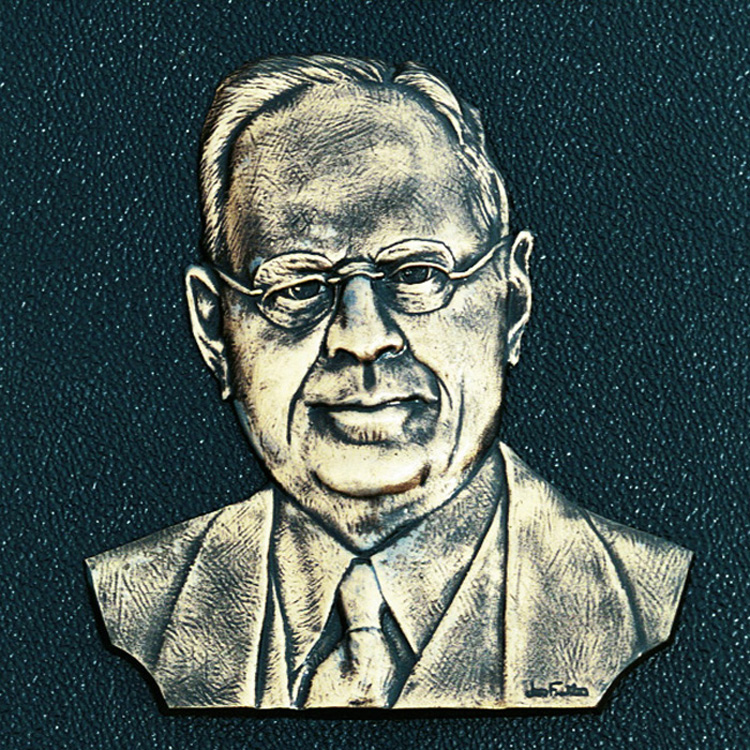

H. H. Champlin (1867-1944)
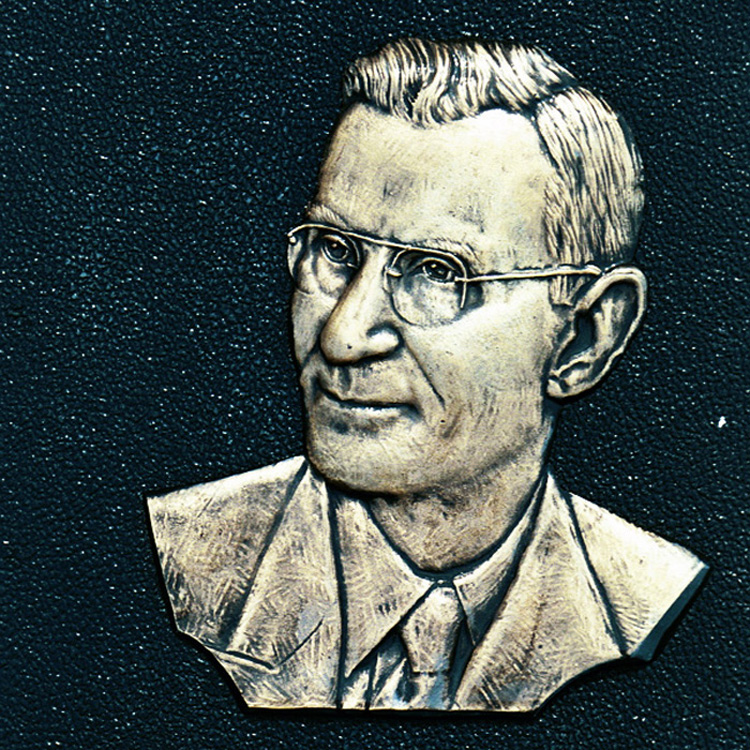

George F. Buttram (1886-1966)
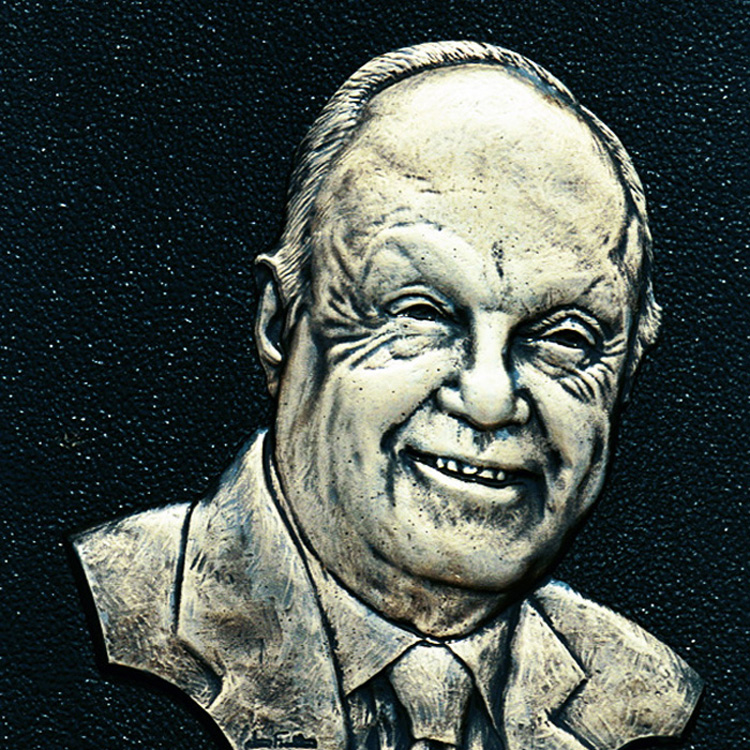

John R. Bunn (1900-1989)
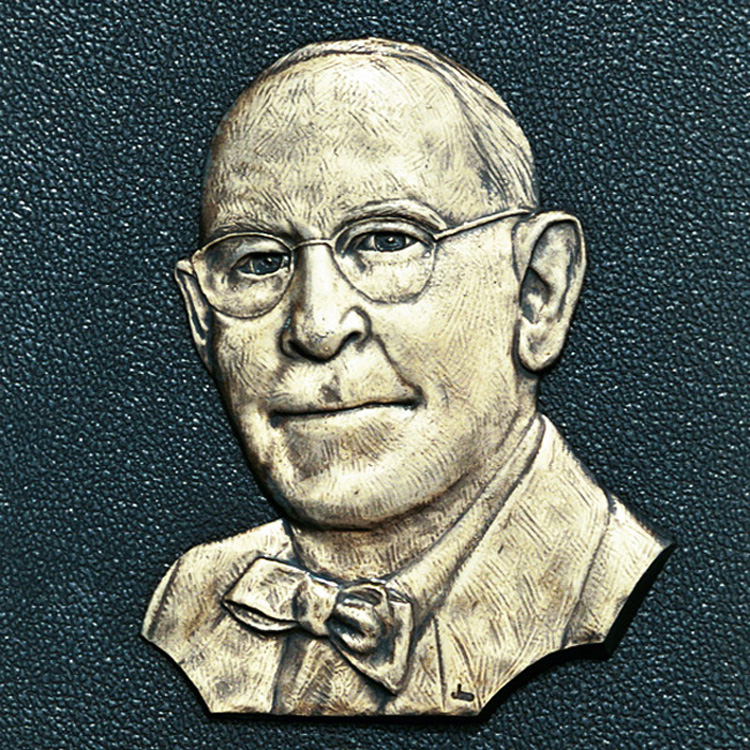

Powel Briscoe (1882-1966)
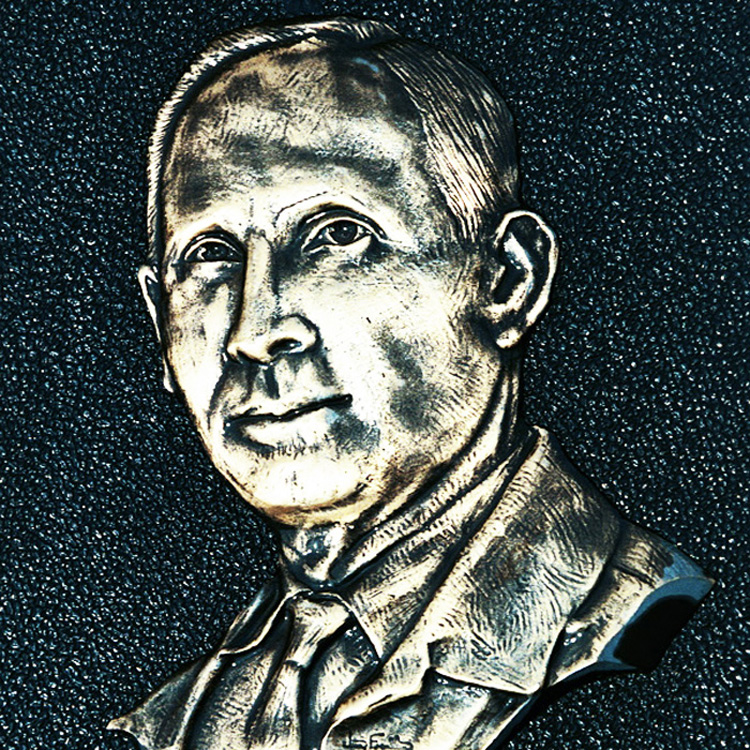

Clyde M. Becker (1882-1938)
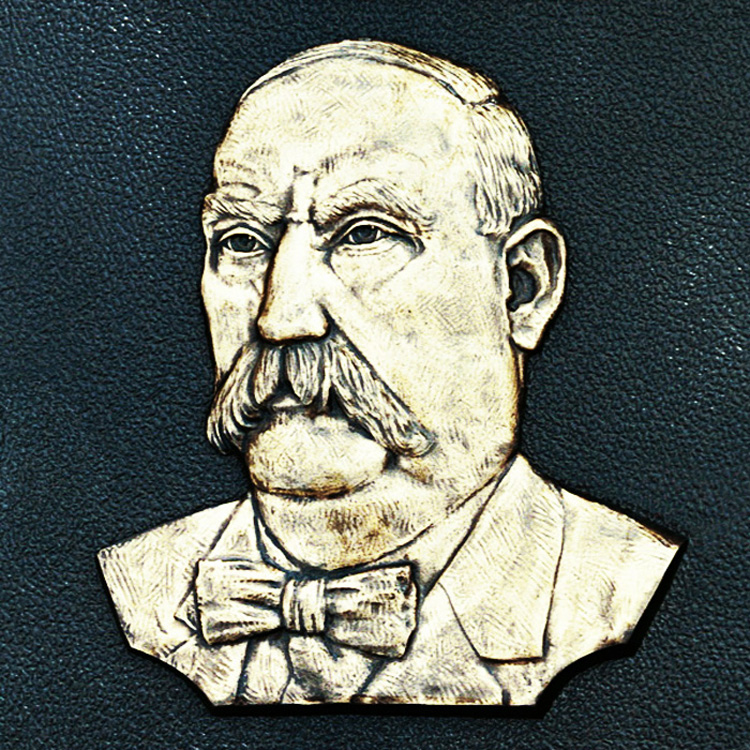

Theodore N. Barnsdall (1851-1917)
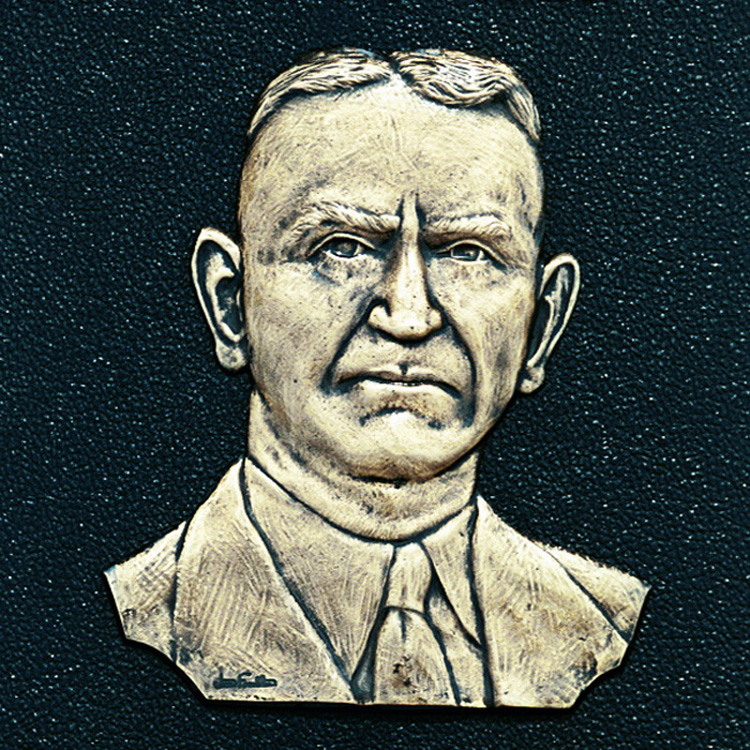

J. Steve Anderson (1885-1961)
